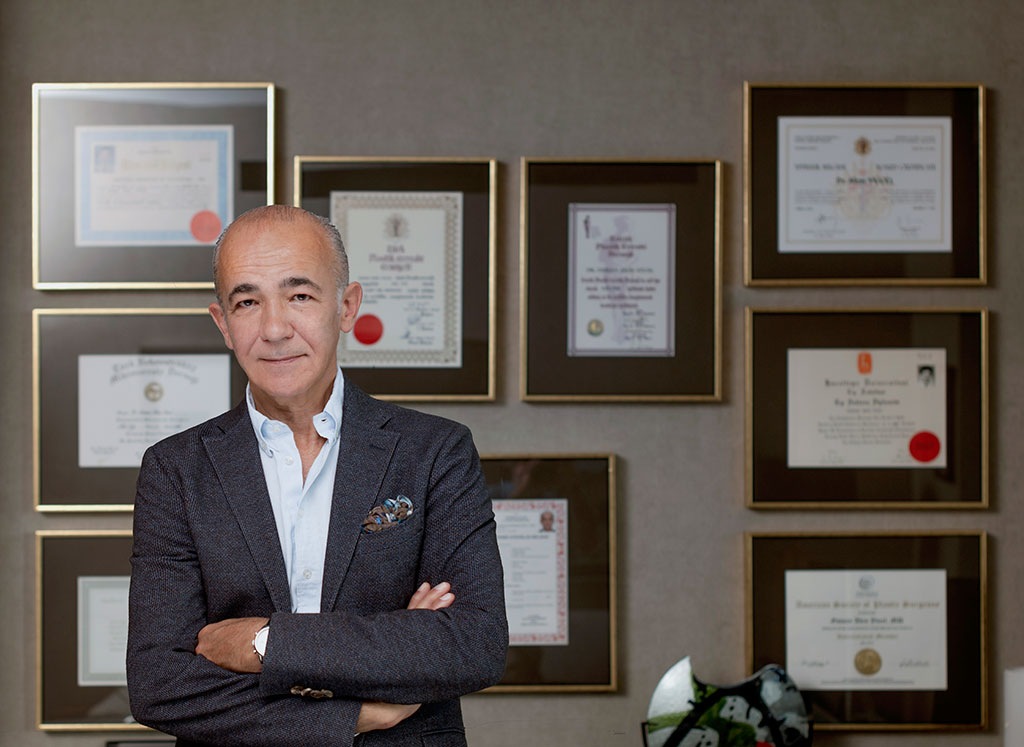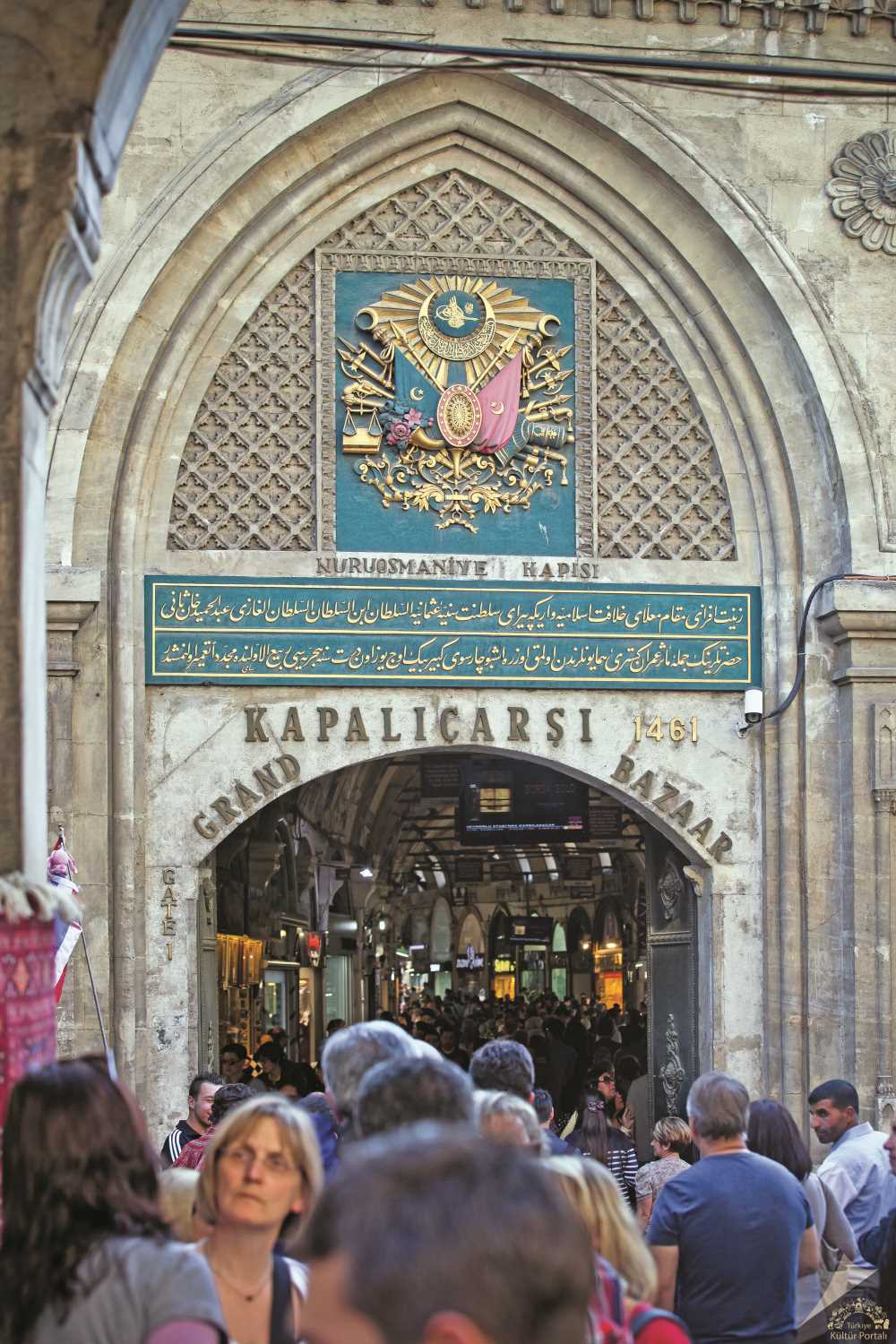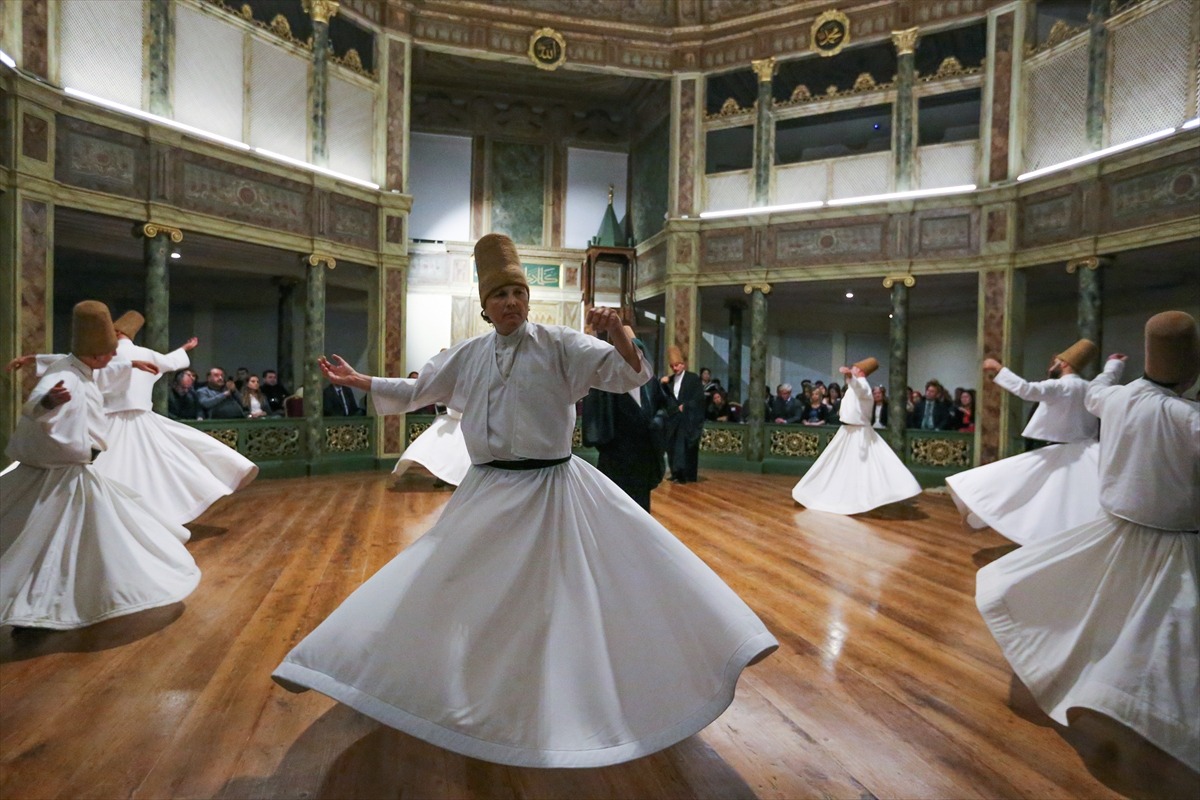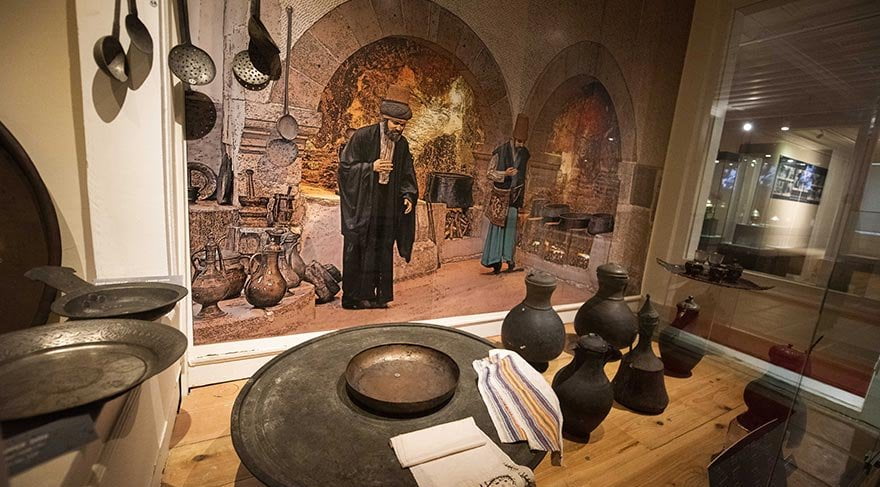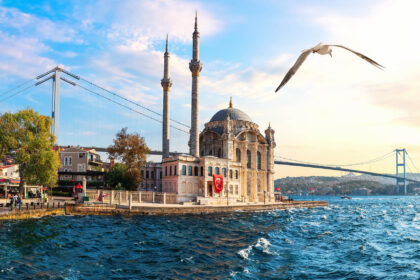
“Istanbul’s status as a world city is a gift of history. A Greek colonial city became the capital of three great empires, a phenomenon unique in history,” says Prof. Doğan Kuban, a prominent architect and historian, in his book İstanbul 1600 Yıllık Bir Müzedir (Istanbul, a Museum of 1600 Years).
And, this ancient city has been the favorite of Rome, Byzantium and Ottomans through the history, and despite it is not the capital of the Young Turkish Republic, has been the financial and cultural capital and continued to be a center of attraction, as inherited from the history. Despite all the evolution it has gone through with the huge exploitation and abuse of its nature and cultural assets, especially in modern times, and despite its more and more vertical profile rather than horizontal, it is still very beautiful after all.
This unique bridge connecting east and west is the meeting point of the old and the new, east and west, green and blue, magnificence and poverty, calmness and chaos. It is a small country with its own rules, living 24 hours a day, where the cuisine, music and architecture of dozens of cultures merged. Don’t be fooled by my word “small”: this city, which we praise as being “paved with gold”, hosts a flood of people of about 20 million.
What should a guest visiting Istanbul for 4-5 days do here? It was very difficult to gather up a “must-see” collection for such a big city. I never took into account the Anatolian side, that is, the other side of the city across the Bosporus. I also unwittingly eliminated the neighborhoods that are far from the meeting center and where you might have difficulty in transportation. Some “must” suggestions in city guides are not available in this article. Instead, I selected the districts and places that I think you may like and that you can visit during the day. We have a saying: “There is no other Istanbul!” So, enjoy it!
Listen as you read this:
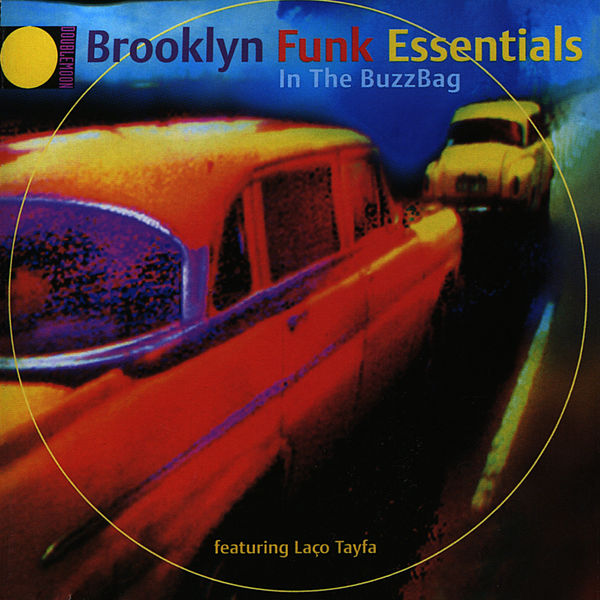
In the BuzzBag by Brooklyn Funk Essentials feat. Laço Tayfa
The album created by the famous band Brooklyn Funk Essentials with Laço Tayfa, a radical band of traditional Turkish music, reflects the true spirit of Istanbul. I think, if Istanbul were a piece of music, it would be this album!
SULTANAHMET AND SURROUNDINGS
If you have only one opportunity to visit a place in Istanbul, my number one advice is to visit the Sultanahmet. This neighborhood hosts wonderful buildings such as the Topkapı Palace, the Hagia Sophia Mosque, the Blue Mosque, the Grand Bazaar, the Obelisk of Theodosius, the Serpent Column, the Turkish and Islamic Arts Museum, the Hagia Irene Museum, and it is a lively, very special place where you may follow the traces of the past and experience the new Turkey.
Grand Bazaar: 

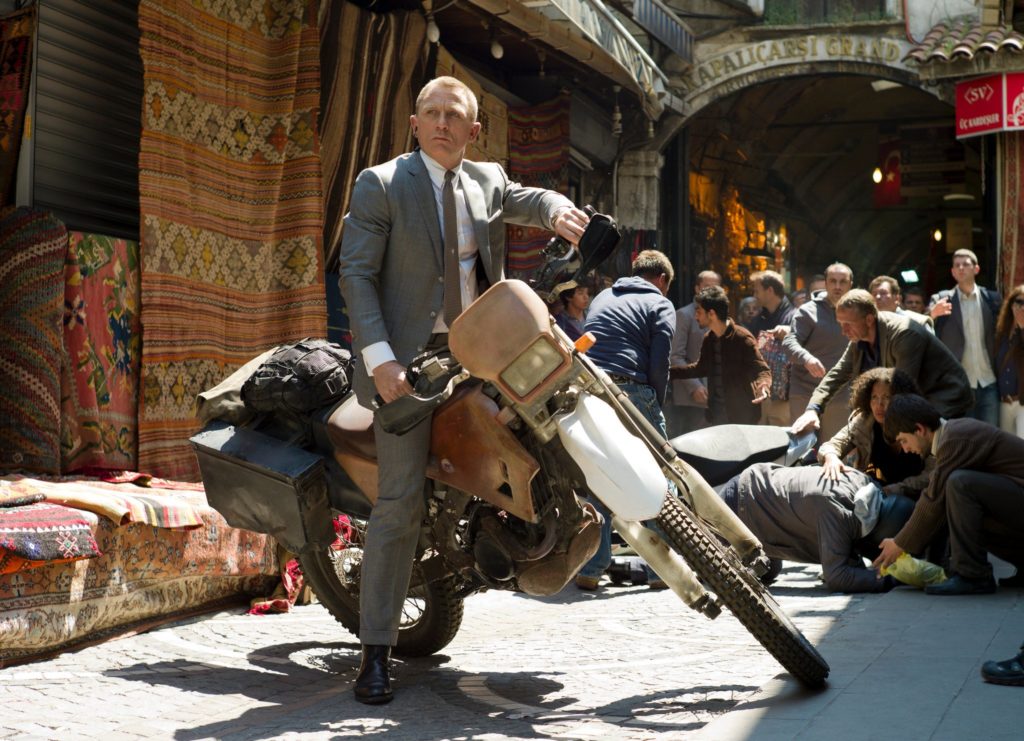
Our list starts with this magical bazaar, which we and tourists love very much. Even a poem was written for this giant structure, which is a paradise of leather, jewelry, carpets and rugs, accessories and souvenirs. See what Wikipedia says: “It is one of the largest and oldest covered markets in the world, with 61 covered streets and over 4,000 shops with 25,000 employees, on a total area of 30,700 m2, attracting about 500,000 visitors daily. Welcoming 91 million tourists a year, the bazaar is the most visited tourist attraction in the world.” The Skyfall, a James Bond movie, much loved by the viewers, was filmed in 2012 in the Grand Bazaar, and some exciting chase scenes shot on its roof were unforgettable. The Grand Bazaar and its surroundings are a place where you should spare at least half a day for sightseeing. Don’t leave without having a Turkish coffee at Fes Cafe in the bazaar.
Sultan Ahmet Mosque:
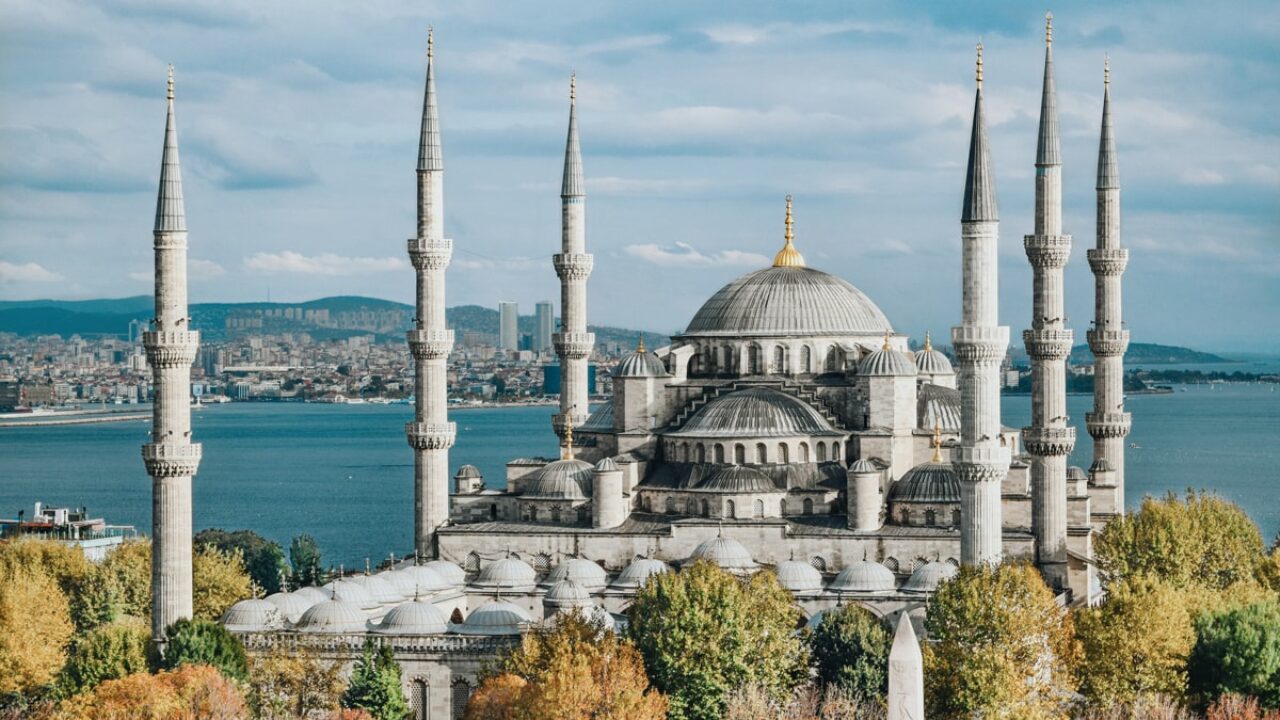

This mosque, which was built by the Ottoman Sultan Ahmed I and opened to service in 1617, was called the “Blue Mosque” by the Europeans because it was decorated with blue, green and white İznik tiles and the inside of the dome was decorated with mostly blue hand-drawn works. The first 6-minaret mosque of its period is worth seeing also for its decorations with İznik tiles.
Hagia Sophia Mosque:
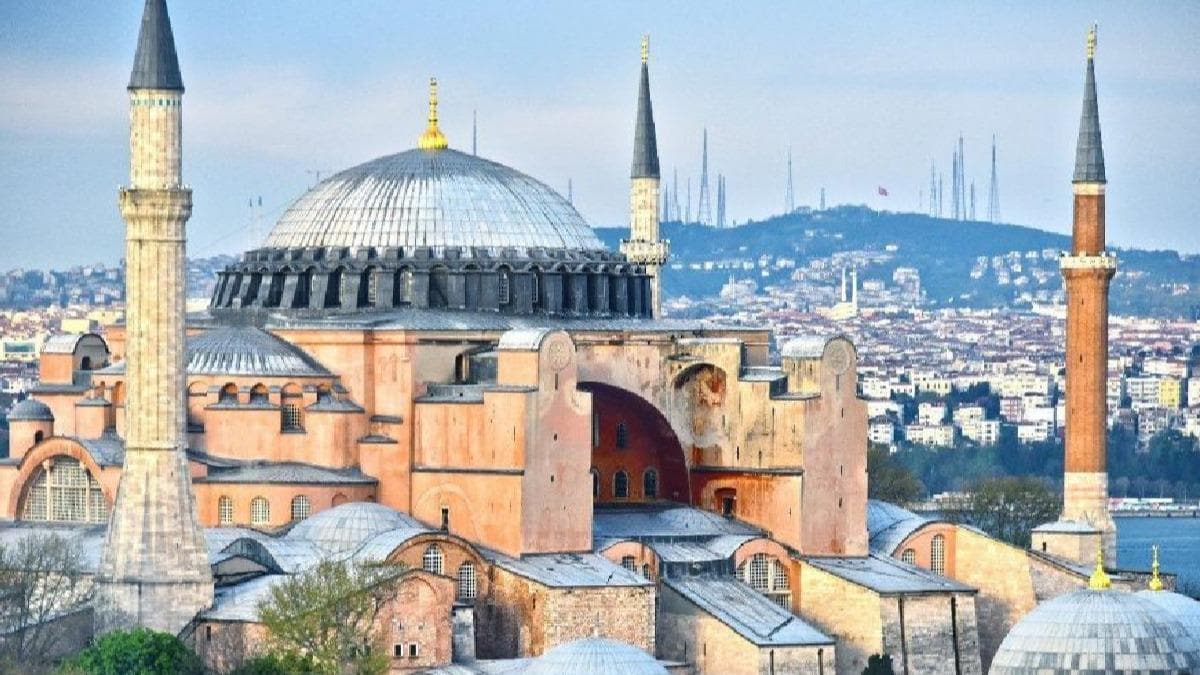
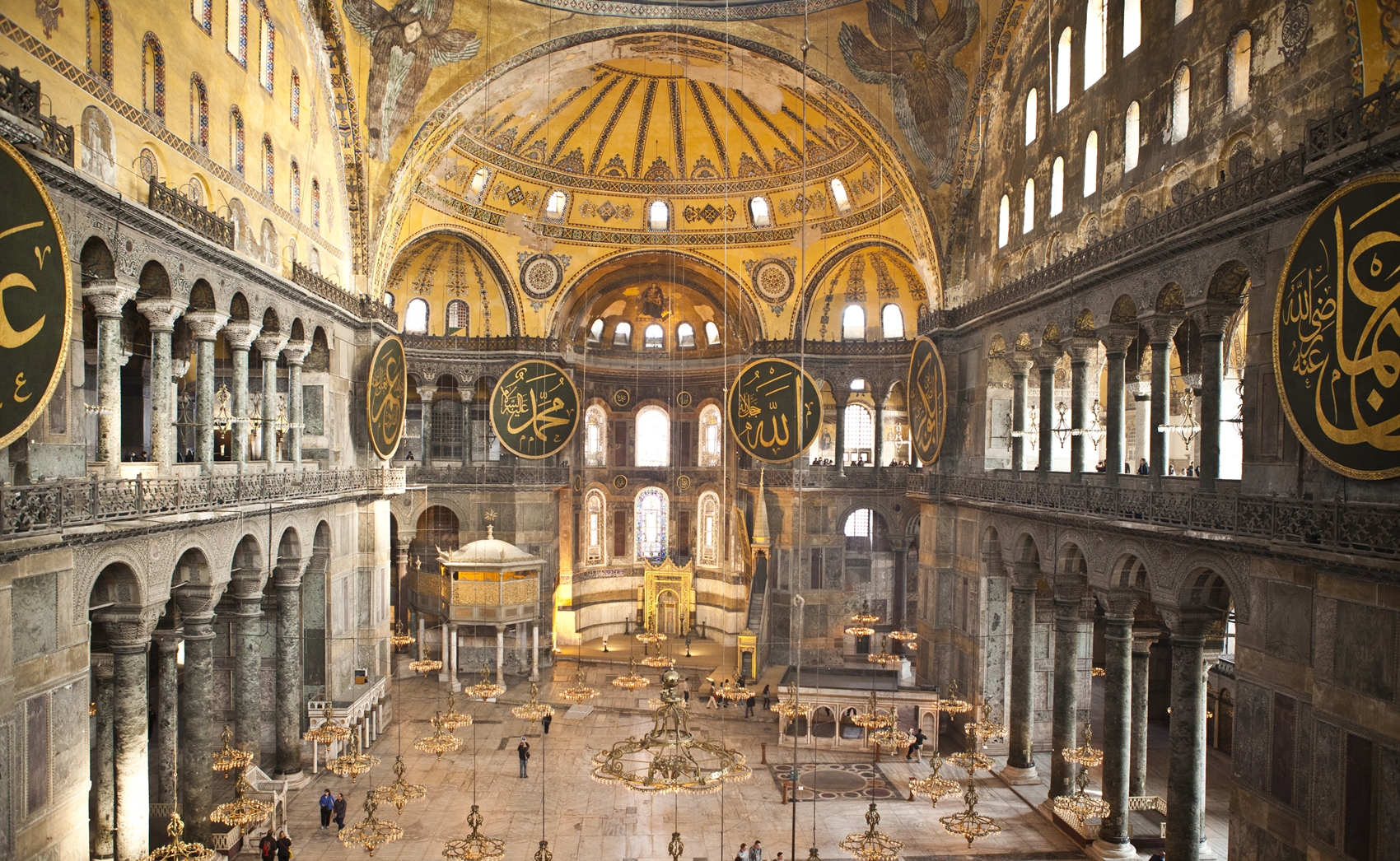
The Hagia Sophia, which has been opened to service as a mosque recently, has been visited as a museum for many years. The Hagia Sophia, the largest church built by the Eastern Roman Empire in Istanbul, has been rebuilt three times in the same place. It was built by the Emperor Justinian and opened for worship in 537, and served as a cathedral as the largest church in the capital, where monarchs were crowned throughout the history of the Eastern Roman Empire. The church, survived from the 6th century, is considered the first structure built in a ‘Domed Basilica’ style with its circular dome placed on a rectangular plan. The Hagia Sophia was listed in the UNESCO World Heritage list in 1985.
Basilica Cistern (Palace):
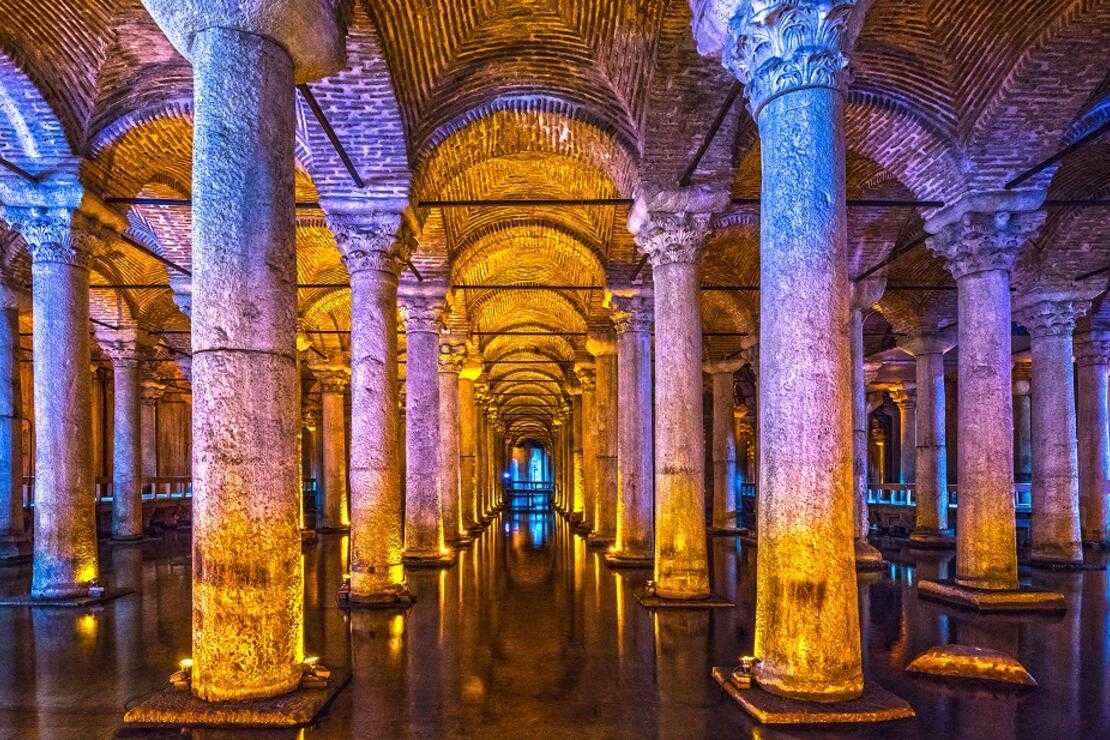
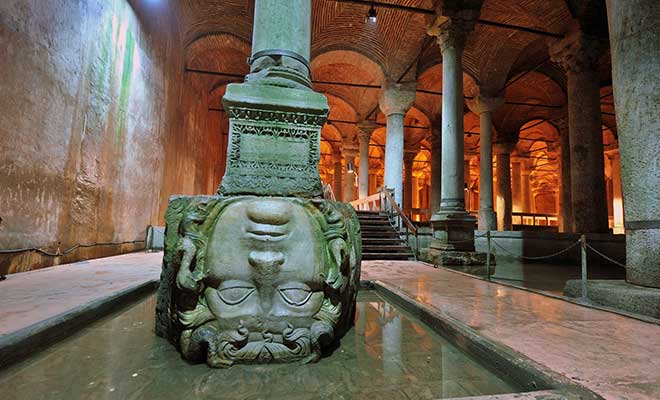
This large underground cistern, built by the Byzantine Emperor Justinian I (527-565), is called the “Basilica Palace” because of the marble columns that rise out of the water and appear to be countless. Covering a total area of 9,800 m2, the cistern is a giant structure with a water storage capacity of approximately 100,000 tons. There are 336 columns in the cistern, each 9 meters high, two of them featuring upside-down Medusa Heads from the Roman period used as column pedestals also attract a lot of attention.
* By the time these lines are written, the venue, which was closed due to restoration works, is expected to open until the meeting date, so you would better to check online before visiting.
Topkapı Palace:
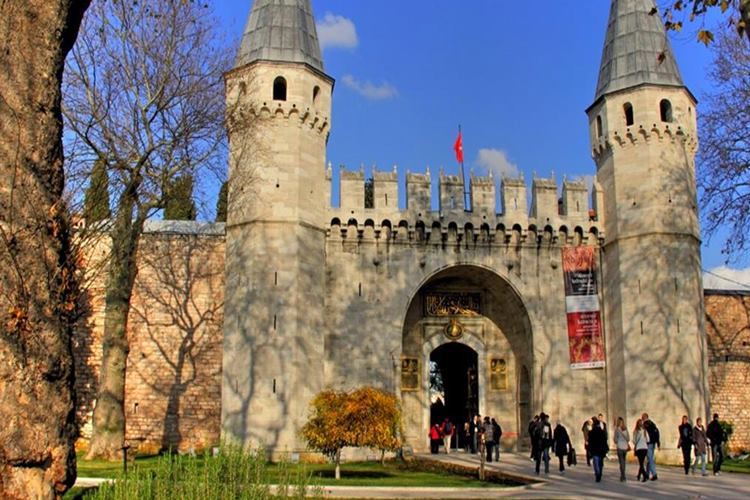
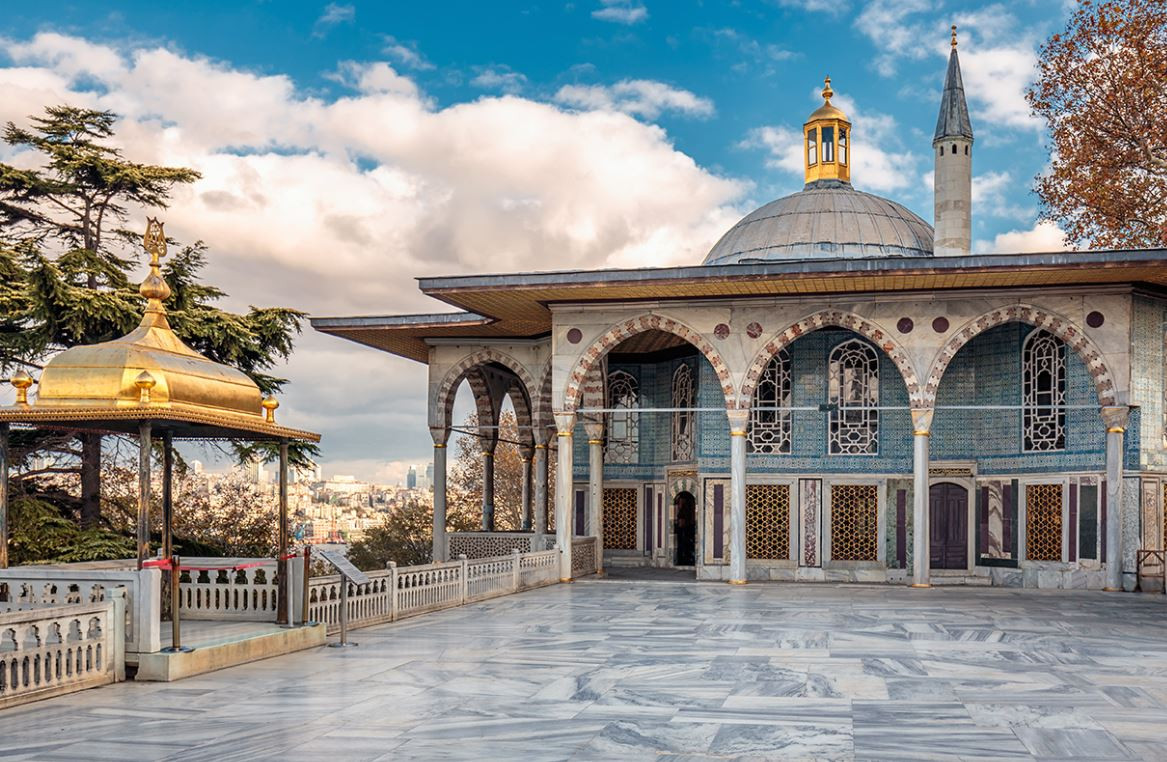
The construction of Topkapı Palace, built on an area of 700,000 square meters on the East Roman acropolis in Sarayburnu, was started after the conquest of Istanbul by the Sultan Mehmet II (Mehmed the Conqueror), and was expanded with additions.
This iconic building, which was used as the administration, education, and art center of the empire for approximately four hundred years until the 31st sovereign, Sultan Abdülmecid, as well as the residence of the sultans, also features one of the most beautiful views of the city. The Palace, which consists of several courtyards, gardens, and intertwined buildings, also attracts attention with its sections where imperial treasures, thrones, jewels and clothes of sultans are exhibited. The History Museum in the Imperial Mint located next to the palace, and the Archaeological Museum, which contains a vast collection, are also worth seeing. If you complete your tour of the palace and head towards the Marmara Sea, you may have a nice dinner at Balıkçı Sabahattin, one of the best fish restaurants in Istanbul, or at the Giritli Restaurant, which is famous for its Cretan appetizers.
Spice Bazaar:

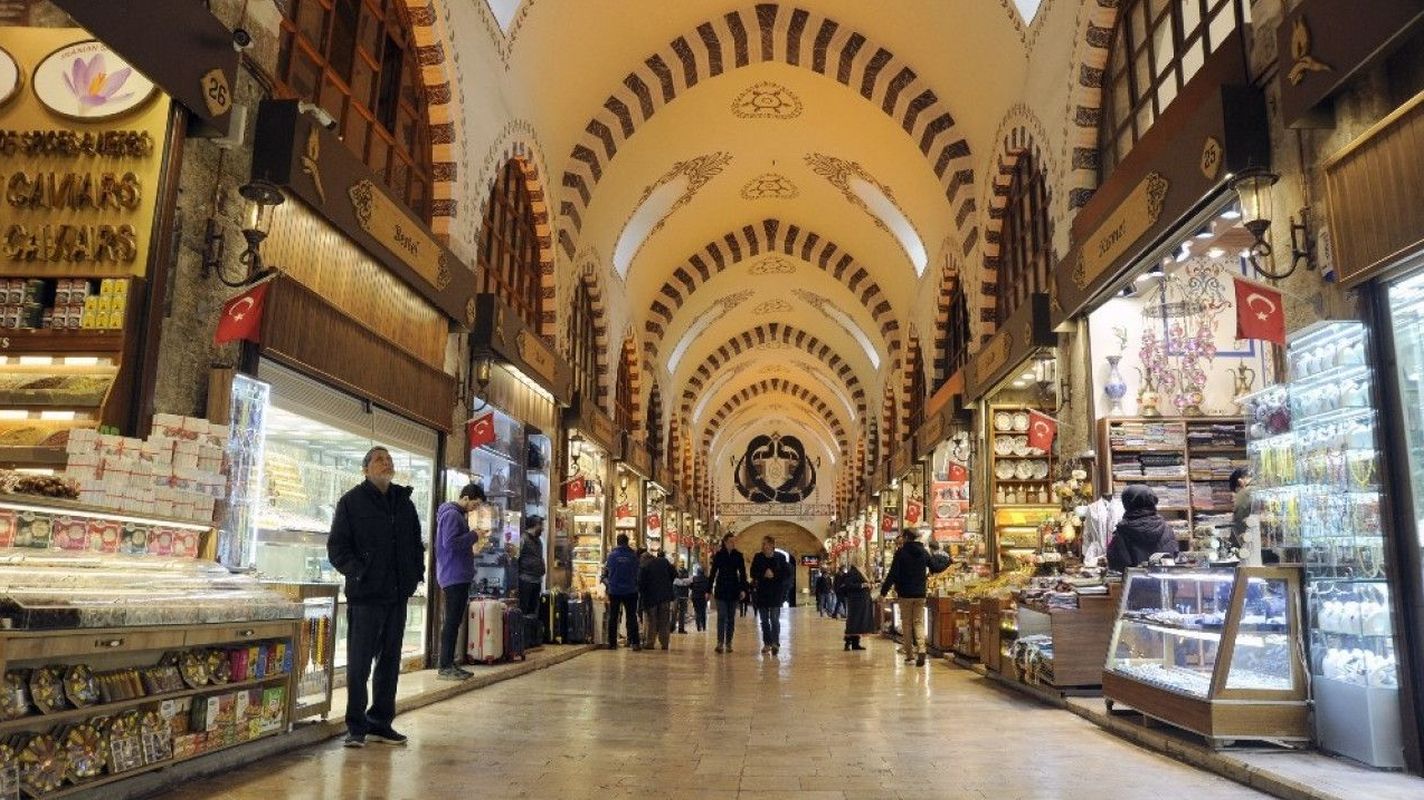
The Spice Bazaar (Mısır Çarşısı, meaning “Egyptian Bazaar”) is a covered market like the Grand Bazaar, but more specialized in food and beverages, was built in 1664 to generate revenue for the New Mosque, which was then under construction. There are many traditional marketplaces that will blow your mind around this bazaar, where you can buy souvenirs, confectionery, porcelain, and leather products. To name a few, you may wish to discover Tahtakale (Mercan Yokuşu), Eminönü Flower Market and Coppersmiths’ Bazaar (Bakırcılar Çarşısı) around here. You will be comfortable if you arrange a vehicle for the round trip to and around this bazaar, especially if you want to indulge yourself to overshopping.
Golden Horn:

A natural harbor, the Golden Horn is actually the place where the city of Byzantion was first established. The oldest districts of Istanbul are located along the Golden Horn. You may start your tour in the Zeyrek district, visit the Zeyrek Mosque or the Church of Christ Pantocrator, the main Orthodox church in the Ottoman period, and then visit the museum of Has University, which in Cibali at the restored building of the historical tobacco factory. When you head further into the Golden Horn, you will come by the Bulgarian St. Stephen Church, also known as the Iron Church, small piers, large parks, the Ecumenical Patriarchate, or the Phanar Greek Orthodox Patriarchate, and the Greek Orthodox College along the coast and arrive to Balat, the old Jewish quarter of the city. Balat, with its colorfully painted houses, small cafés, interesting stores and antique shops, is a region where you will say “I’m glad I came!” The Sahil Restaurant on the shore is one of the most beautiful and unique fish restaurants in the city. Further ahead, you will see Eyüp, the holiest district of Muslim Istanbul, and the Eyüp Sultan Mosque. You can watch the wide cemeteries and tombs from Pierre Loti Café, which has a fabulous panorama. Further inland towards Edirnekapı, you may find the Palace of Porphyrogenitus and the Chora Mosque, which is famous for its mosaics. Here, you may taste the best examples of traditional Ottoman cuisine at Asitane Restaurant, right next to the Mosque.
You may also be interested in MiniaTürk and Koç Industry Museum, located on the opposite shore of Balat. You can find delicious dishes of Turkish cuisine at Halat Restaurant and French cuisine at Cafe du Levant in the museum.
TAKSİM AND SURROUNDINGS
City’s signature: İstiklal Street

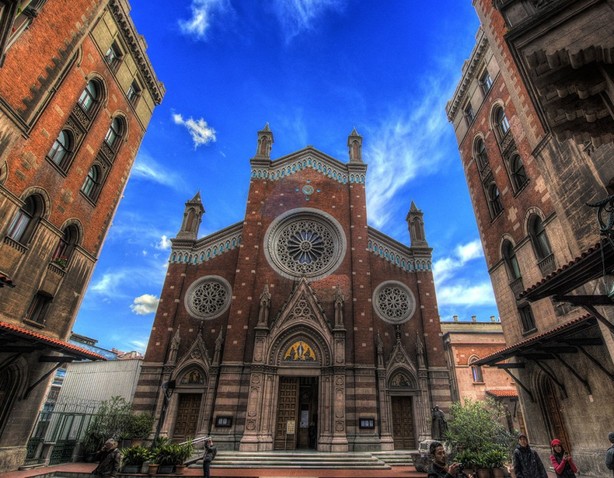
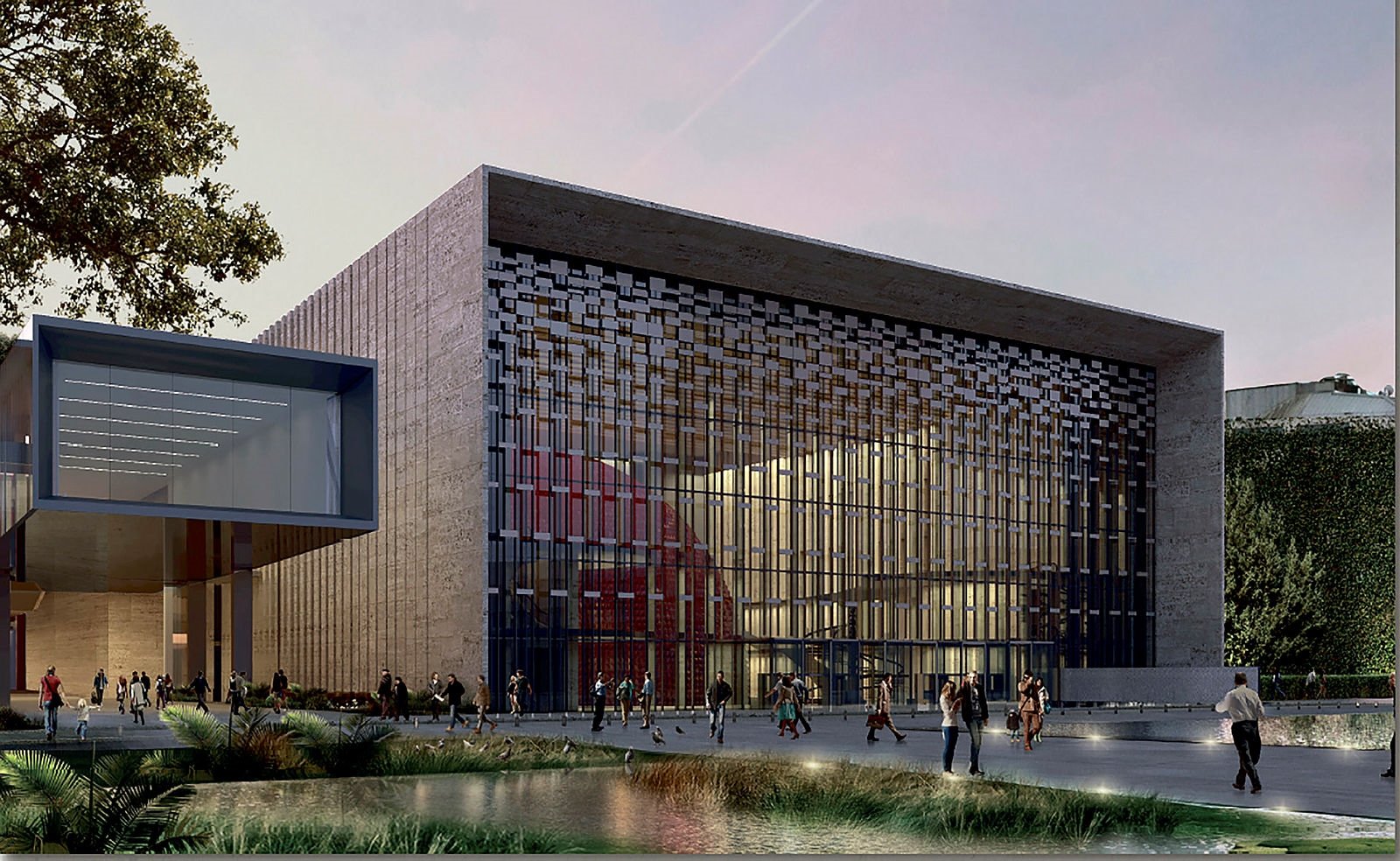
Considered the most popular street in Turkey, the 1.4 km long street is one of the iconic places of Istanbul. It is located in the Taksim area, which is considered the heart of the city. Taksim Atatürk Monument and Atatürk Cultural Center at one end, and the world’s 2nd oldest subway at the other end, there are many historical places and tourist attractions such as Hüseyin Ağa Mosque, St. Anthony of Padua Church, Madame Tussauds Wax Museum, Narmanlı Han, Atlas Pasajı, Historical Mısır Apartment, and Çiçek Pasajı along the street, as well as shops, restaurants, cafés and bars. You can find restaurants representing the Traditional Turkish Cuisine (such as Hacı Abdullah Lokantası, Sahrap Pera, Lades), and Nevizade Street, where you will sit at a fasıl table, the indispensable entertainment of nightlife with arabesque musical performances, favorite places for kebab lovers (such as Zübeyir and Peymane) and taverns (meyhane) where our favorite appetizers are served (Refik, Asmalı Cavit, etc.) on or around the İstiklal Street. If you have not seen this street, you should not say that you have been to Istanbul.
Located at the Taksim Square, Atatürk Cultural Center is a magnificent modern structure worth seeing with its renovated building. It presents a splendid program of concerts and performances, so try to find one and watch in the great hall.
Bohemian Istanbul: Cihangir
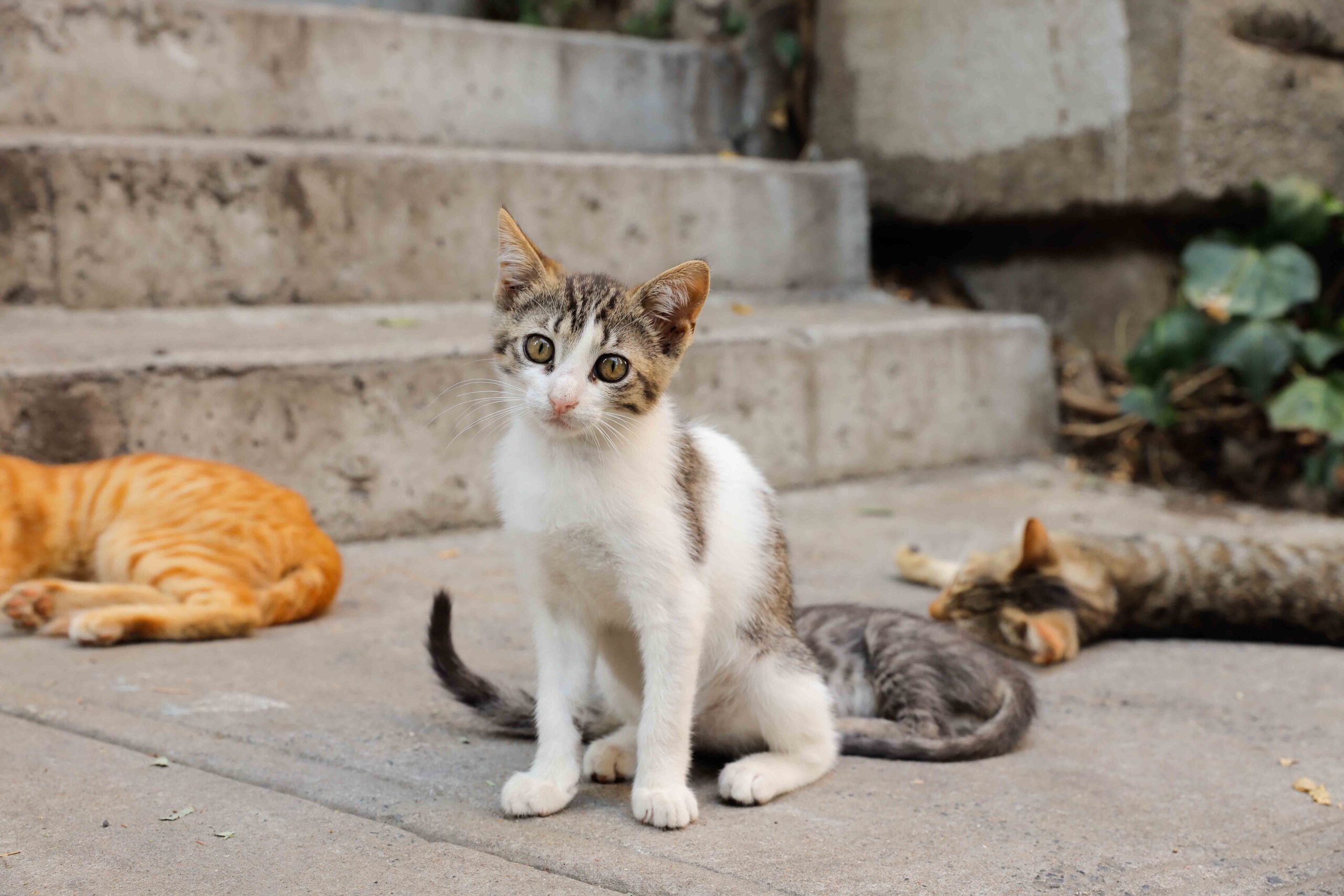
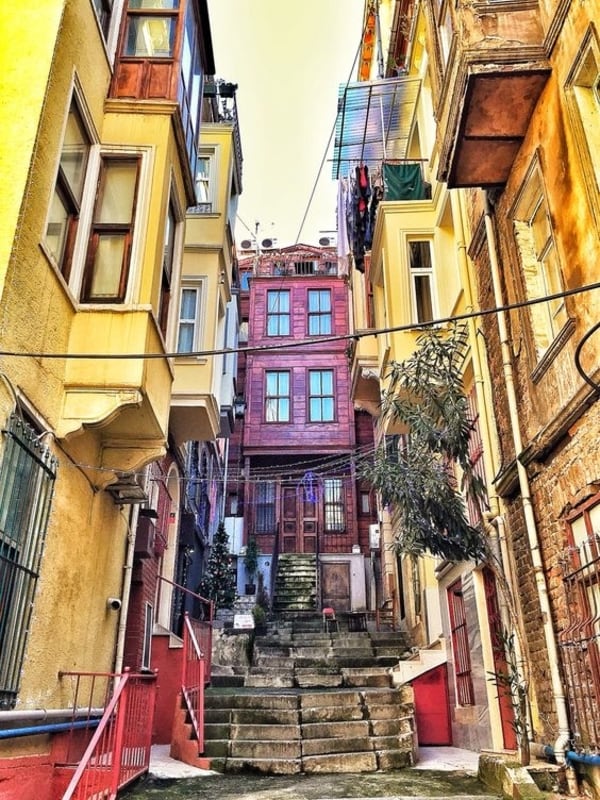
If you are wondering how the bohemian life is in Istanbul, step into the colorful world of Cihangir. The district, where many actors, writers, poets, and journalists live, famous for its cats, cafés, antique shops, mosques, and museums, as well as its preserved historical texture.
In the district, named after Cihangir, the son of Suleiman the Magnificent, there are many historical buildings such as Firuzağa Mosque, Çukurcuma Mosque, Ömer Ağa Fountain. You can also visit the “Museum of Innocence” of Turkish novelist Orhan Pamuk, who won the Nobel Prize in Literature for his novel “My Name is Red” (“Benim Adım Kırmızı”). The museum is created by the author as a companion to his novel of the same name, “Masumiyet Müzesi”.
You won’t be able to get enough of visiting Cihangir, which merges with the famous district with its antique shops, Çukurcuma. Cihangir lives almost 24 hours a day. It offers countless options for resting, eating, or having a snack. I recommend Kaktüs Bar, Susam Bar, Smyrna, the oldest ones, 5. Kat for sea view, Firuzağa Café for drinking tea and Turkish coffee in customary thin waist fine glasses. If you are an antiques lover, this will be a dream trip among dozens of antique/vintage stores in Çukurcuma.
One of the city’s attractions: Historical Pera Palace Hotel
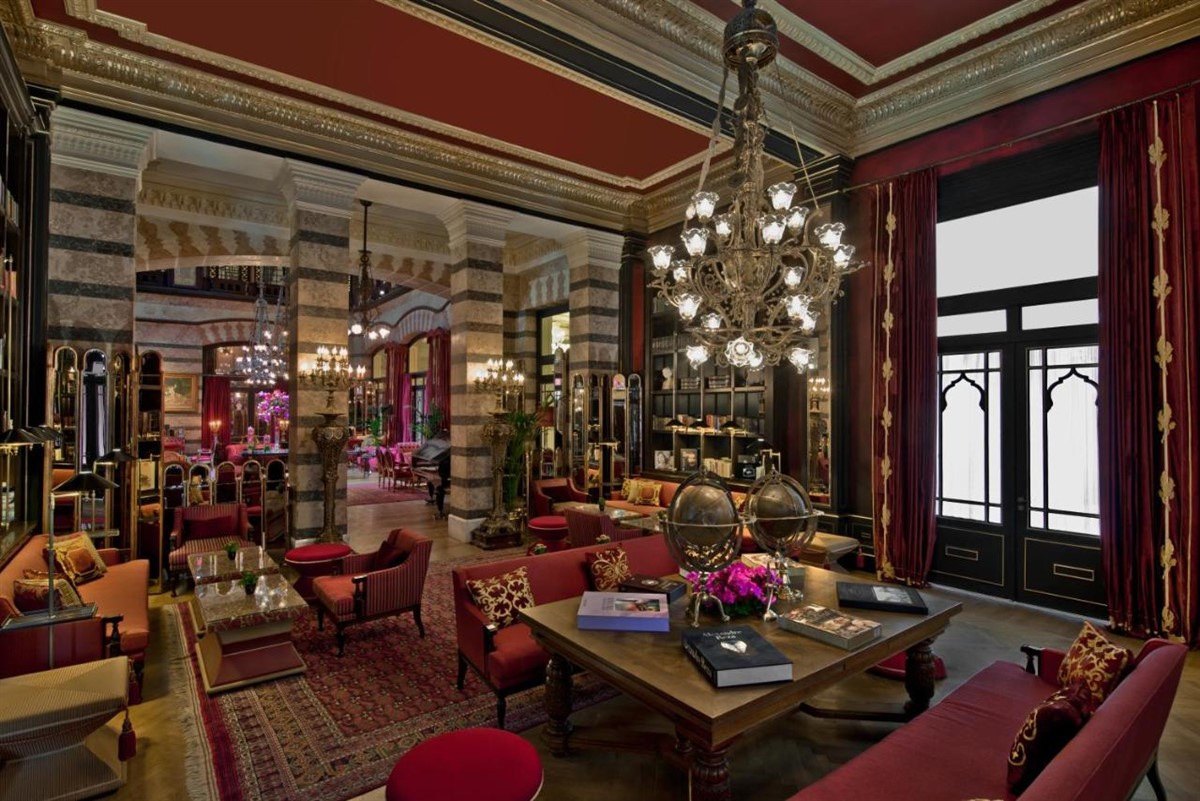
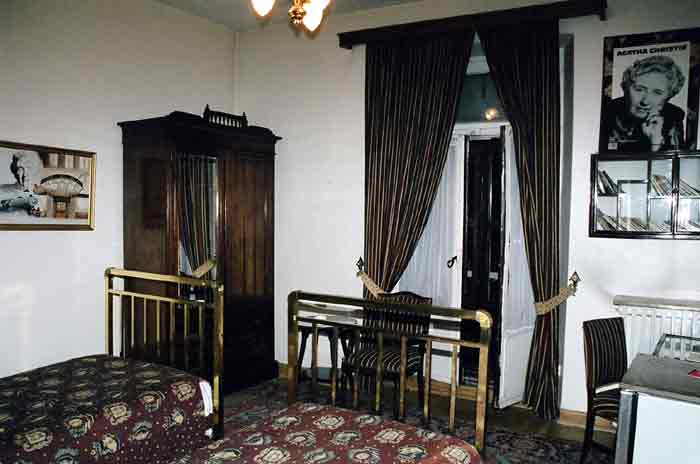

It has hosted various historical figures and is one of the city’s attractions with its decoration, cuisine, museum, and events. The hotel was started to be built hen the Orient Express started services between Paris and Istanbul, and completed in 1892, considering that there was no high-quality luxury hotel at the time where the passengers of the train could stay in Istanbul. Among the notable guests stayed at the hotel were Mustafa Kemal Atatürk, the founder of our country, Mata Hari, Greta Garbo, Alfred Hitchcock, and Agatha Christie. Rumor has it that Christie, who visited Istanbul frequently, wrote her famous novel “Murder on the Orient Express” at the Pera Palace. The Hotel, where the Netflix series “Midnight at Pera Palas” has been filmed recently, is currently experiencing its most popular days.
Pera Museum:
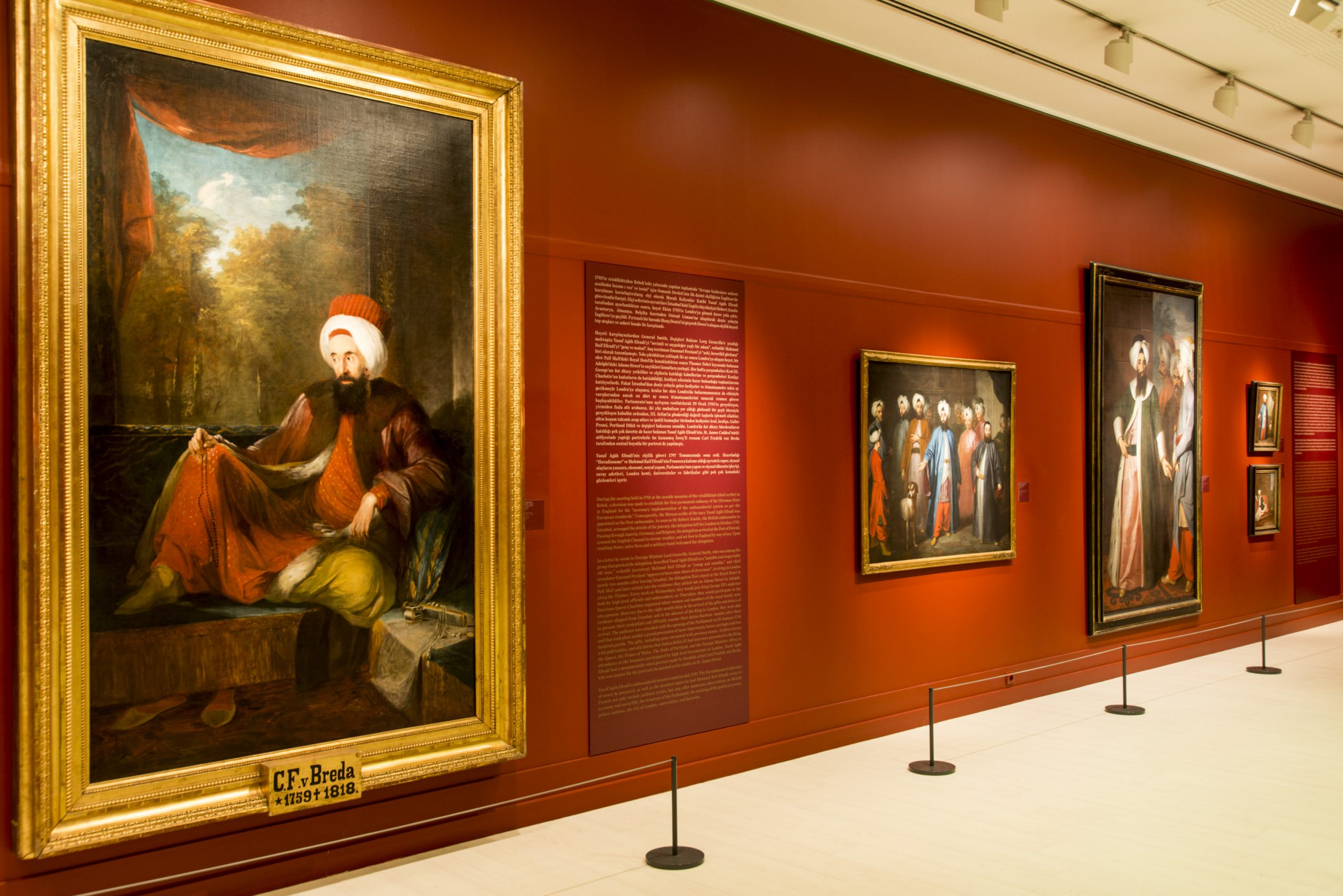
The Orientalist Painting Collection, one of the richest collections in Turkey, is also exhibited in the museum. I think you will find works that will interest you very much. The works of European painters, especially those depicting the Ottoman world and the geography of Turkey, from the 17th century to the early 20th century, as well as the works of Ottoman artists influenced by the movements of the period, are also included in the permanent exhibition of the museum. The works of Osman Hamdi Bey and his famous painting “The Tortoise Trainer” are also exhibited as a part of this permanent collection. Do not leave the museum without seeing the weight measurement tools and the other two permanent exhibitions of Kütahya tiles and ceramics. This museum is right in the heart of Beyoğlu, next to Pera Palace Hotel. Click the link for the current program: https://www.peramuzesi.org.tr/ . Located very close to it, the museum of Istanbul Modern offers a rich modern art collection in its temporary building. For more information, please visit the website: https://www.istanbulmodern.org/
Galata:

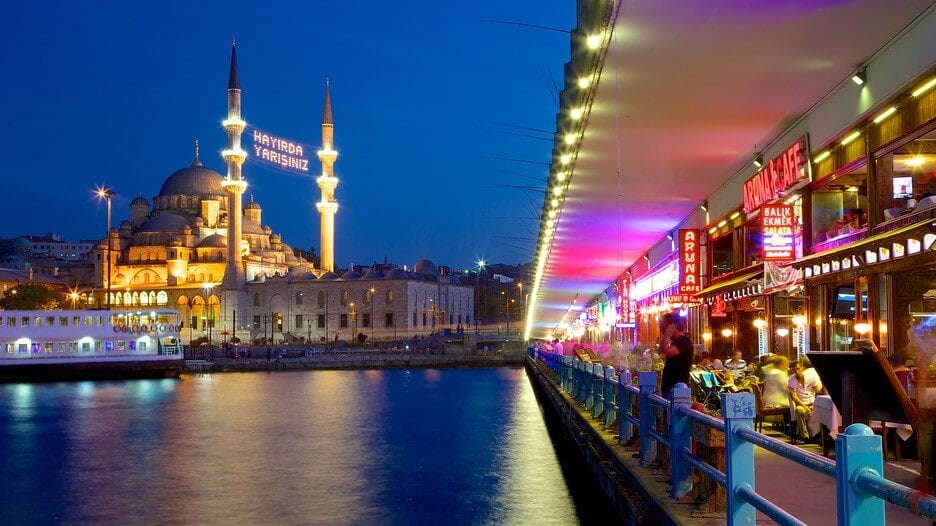
It is one of the oldest districts, a mosaic of cultures and languages, where minorities including Greek Orthodox, Armenian (Gregorian, Catholic, Protestant), Assyrian, Chaldean, Jewish (Romaniote, Karaite, Sephardic, Ashkenazi), Arab, Gypsy, Albanian, French, and Levantine communities lived in the past along with Muslims. Galata, always being a lively trade and entertainment center, a port area since ancient times, has numerous attractions with synagogues and Greek, Armenian, and Georgian churches such as St. Peter’s, 500th Year Foundation Turkish Jews Museum, Salt Galata Art Gallery, and Kamondo Stairs. The Arap Mosque (built in 717, converted into a mosque in 1475), the only gothic church that remained before the conquest of Istanbul and bearing the identity of the first mosque in Istanbul, is also in this area. Besides its historical texture, it is a colorful and pleasant neighborhood as the meeting point of fashioners, designers and vintage shops. Here, you should definitely go to the Neolokal restaurant, located in the Salt Galata Museum, for a fine dining.
The district of the world’s 2nd oldest subway: Tünel
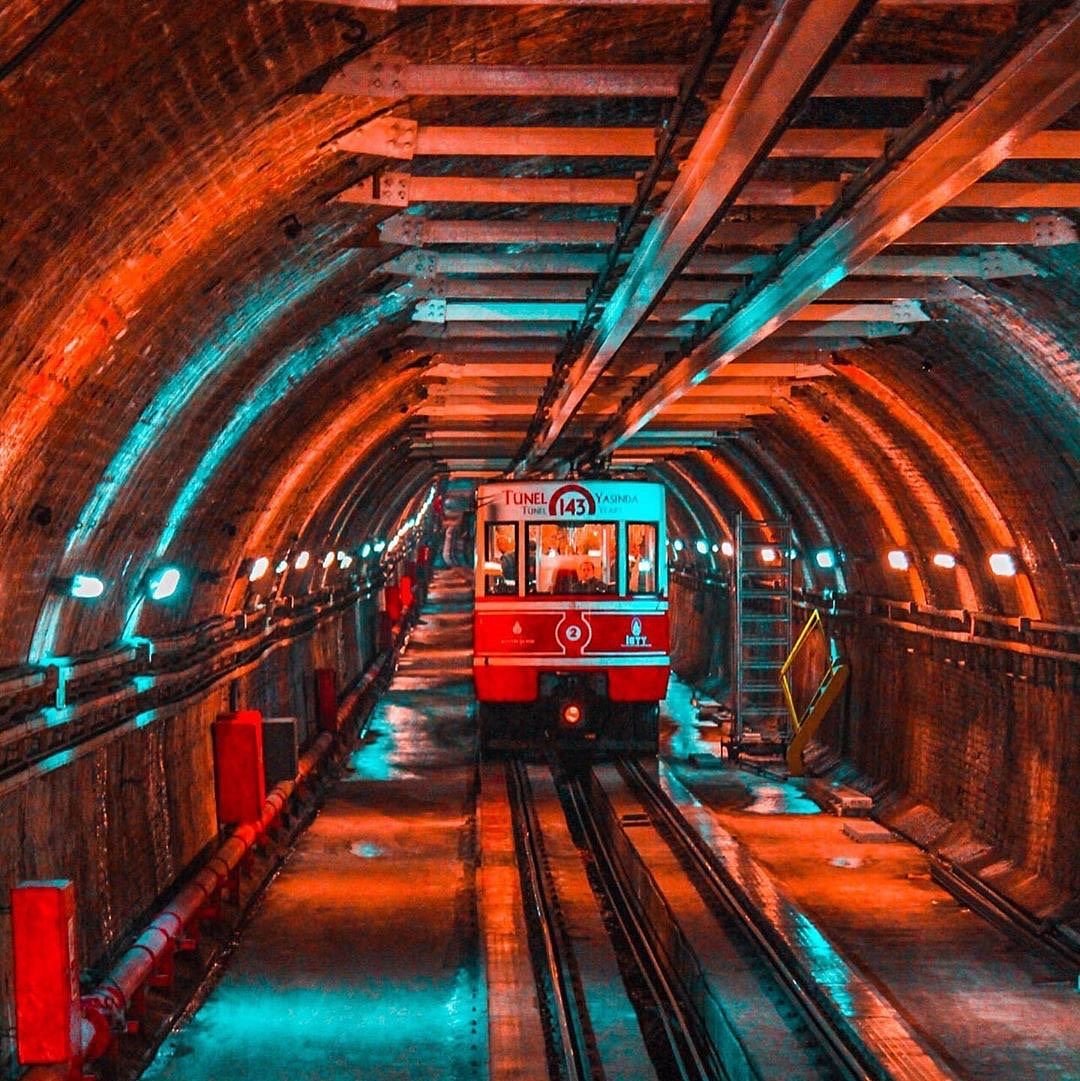
The district, named after the 147-year-old subway “Tünel” (Tunnel), which connects Taksim to Karaköy and has been in service since 1871, the “2nd oldest subway in the world”, is another attractive place with the Galip Dede street, one of the most popular tourist shopping streets in Istanbul, and the Galata tower.
Galata Mevlevi Lodge Museum:
Galip Dede is one of the liveliest streets of Istanbul with music shops, gift and designer shops, small boutiques, and cafés.
At the beginning of the street, on the left arm, the Galata Mevlevi Lodge Museum awaits you. Here you can see the prayer rooms, holy relics of the followers of Mevlana, the founder of Sufism, and examples of Islamic water marbling (ebru) and calligraphy (hat) arts exhibited. If you want to witness a Sema (whirling dervish) Ceremony, you can watch this very impressive religious rite in the hall of worship inside the Museum, by purchasing a ticket online from www.biletinial.com (tickets are not available at location). Sema Ceremonies are performed only on Wednesdays, at 7:30 PM.
Galata Tower:
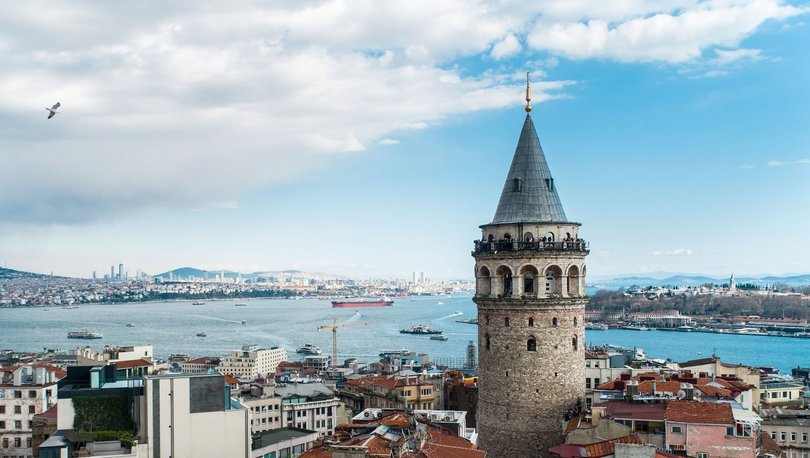
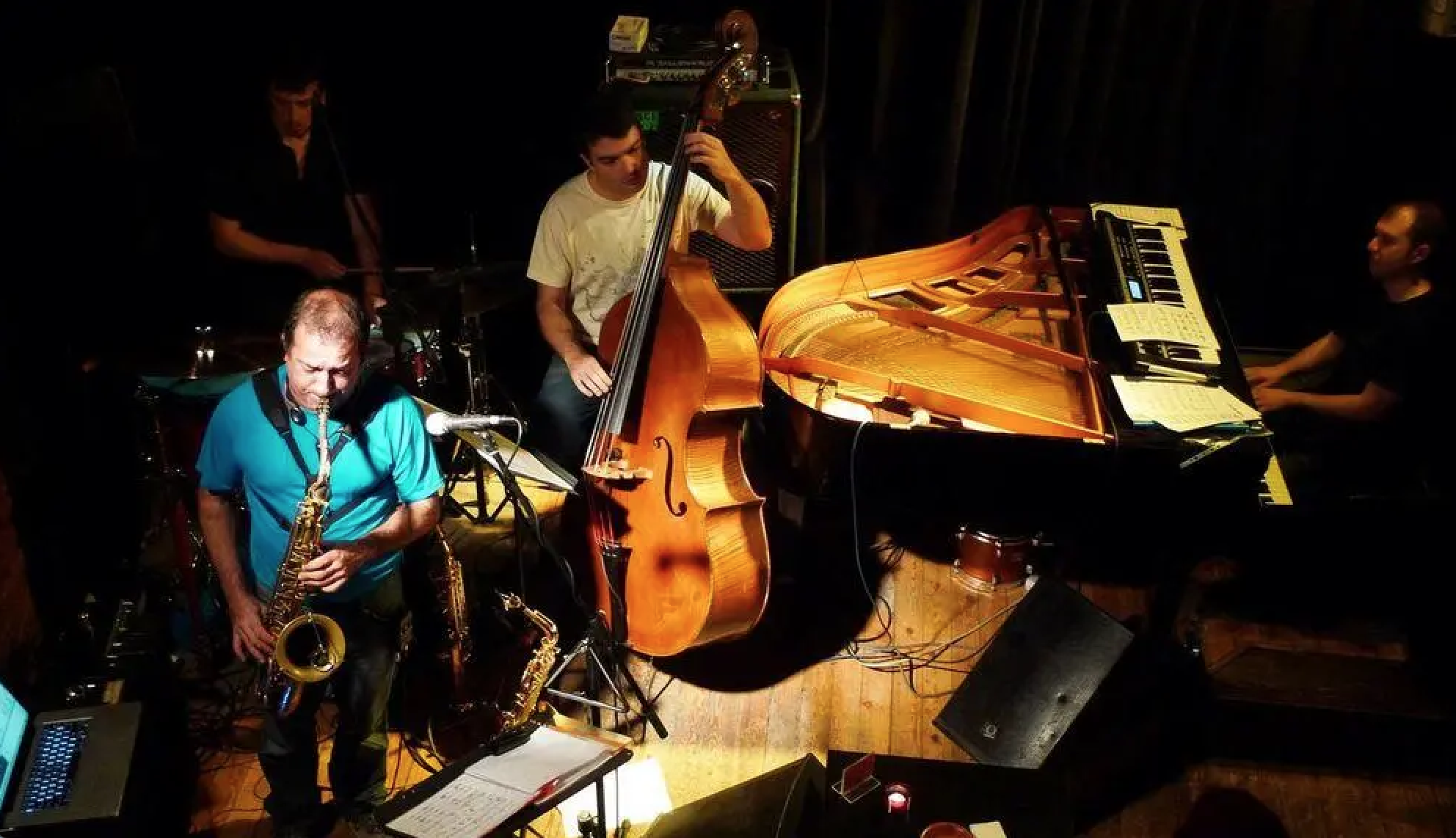
It is one of the symbols of Istanbul and the most shared place of the city on Instagram. Built by the Genoese in the 14th century, when Galata was a Genoese colony during the Byzantine Empire, the tower was first used as a dungeon, and then as a fire watchtower during the Ottoman period. There is also a museum in which works representing all periods of Istanbul are exhibited. You can enjoy one of the most beautiful panoramic views of Istanbul on the top floor of the tower. Galata Tower is listed in UNESCO Temporary Heritage list together with the other Genoese Towers in the Mediterranean and Black Sea regions. Right at the foot of the Galata Tower, Nardis Jazz Club, the oldest jazz club in Istanbul, is ideal for spending a pleasant night full of music with its historical and cozy atmosphere. Since the place is quite small, you should make a reservation.
WALKING DISTANCE TO THE MEETING VENUE
Nişantaşı:
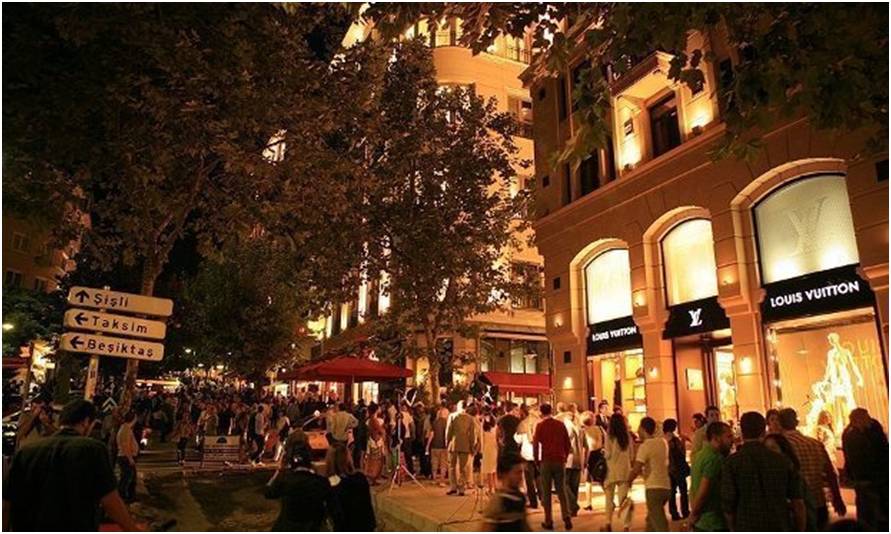
The district, named after the two marking stones (inscriptions) erected by the Ottoman sultans, Selim III and Mahmut II, has stores of world-famous brands, galleries and restaurants that appeal to the high-income group. For those who want to shop and spend quality time, the first preferred neighborhood is Nişantaşı for the European side of the city. You can find stylish shops, cafés, restaurants, luxury hotels, and entertainment venues on Maçka Street, Mim Kemal Öke Street and Abdi İpekçi Street. Famous for its salt pouring style, one of Nusret’s steakhouses, and although it is not that famous yet, my clinic is in this area, on Maçka Street J
Bomonti Antique Market:
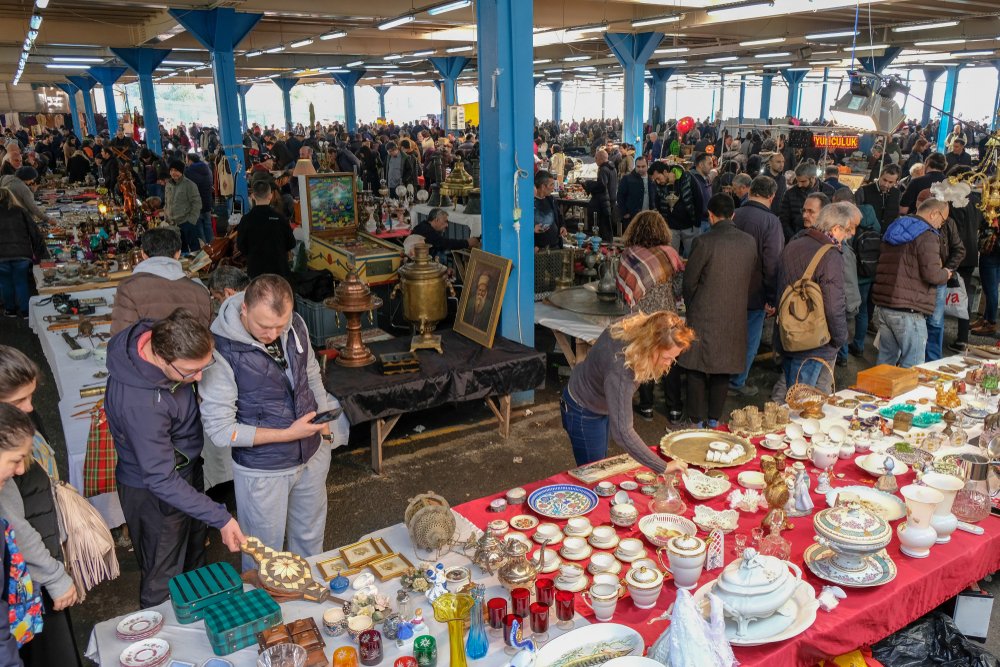
This is the biggest antique market in Istanbul. In this vintage/antique market with more than 400 stalls you can find almost everything from records to rosaries, vintage glasses, antique coins, jewelry, and cups. You will also find homemade snacks, including hand-rolled pancakes, one of the popular tastes of Turkish cuisine, at the food and beverage stalls in the market. You can visit the antique market, every Sunday between 9.00-6.00 PM. Just behind the market, there is the Hilton Bomonti Hotel’s Cloud 34 Bar for a top view of Istanbul, and its cocktails are very good!
A culture-art-eating-drinking concept: Bomontiada
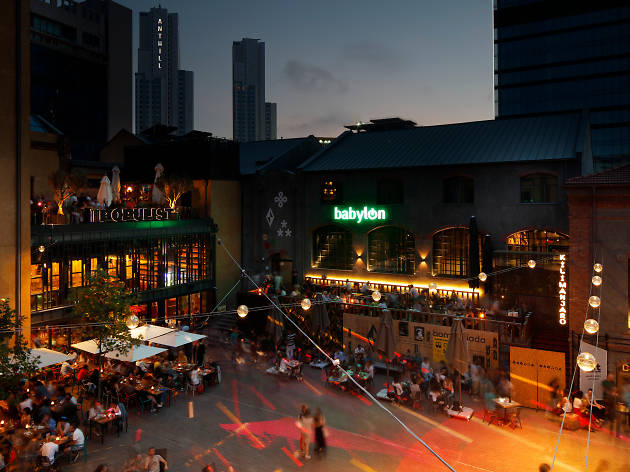
If you want to watch a concert, also have a drink, and eat beforehand, I recommend Bomontiada, which is a multidisciplinary island of events and activities. There are a lot of restaurants, cafés and bars serving Turkish and world cuisine at the complex, as well as the Babylon, one of the most popular concert venues in Istanbul. In the venue, you can visit the Ara Güler Museum, where selected collections of photographs, many of them are scenes from old Istanbul, by our world-famous photographer Ara Güler are exhibited.
For Babylon’s concert calendar, please visit the website: https://babylon.com.tr/tr/etkinlik-takvimi.
KARAKÖY-ORTAKÖY FERRY ROUTE
Galataport:

This is the new pearl of Karaköy district and is a candidate to be one of the busiest ports of the future. Galataport, which has a huge underground terminal of 29,000 square meters, has emerged with a brand-new architecture transforming the historical city harbor into a world-class cruise liner port and tourist destination. This huge complex features dozens of shops, food and beverage and entertainment venues, will win your heart with its magnificent view. The port also includes the Tophane Clock Tower, which was built in 1848, has been restored and brought back to the city’s life with the project, and Istanbul Painting and Sculpture Museum of Mimar Sinan University Fine Arts Faculty, which is one of the important art venues of Istanbul. The museum is Turkey’s first art museum in the western sense, with its collection extending from the late Ottoman period to the end of the 20th century. If you head towards Beşiktaş, the recently restored Naval Museum is also worth seeing.
Dolmabahçe Palace:
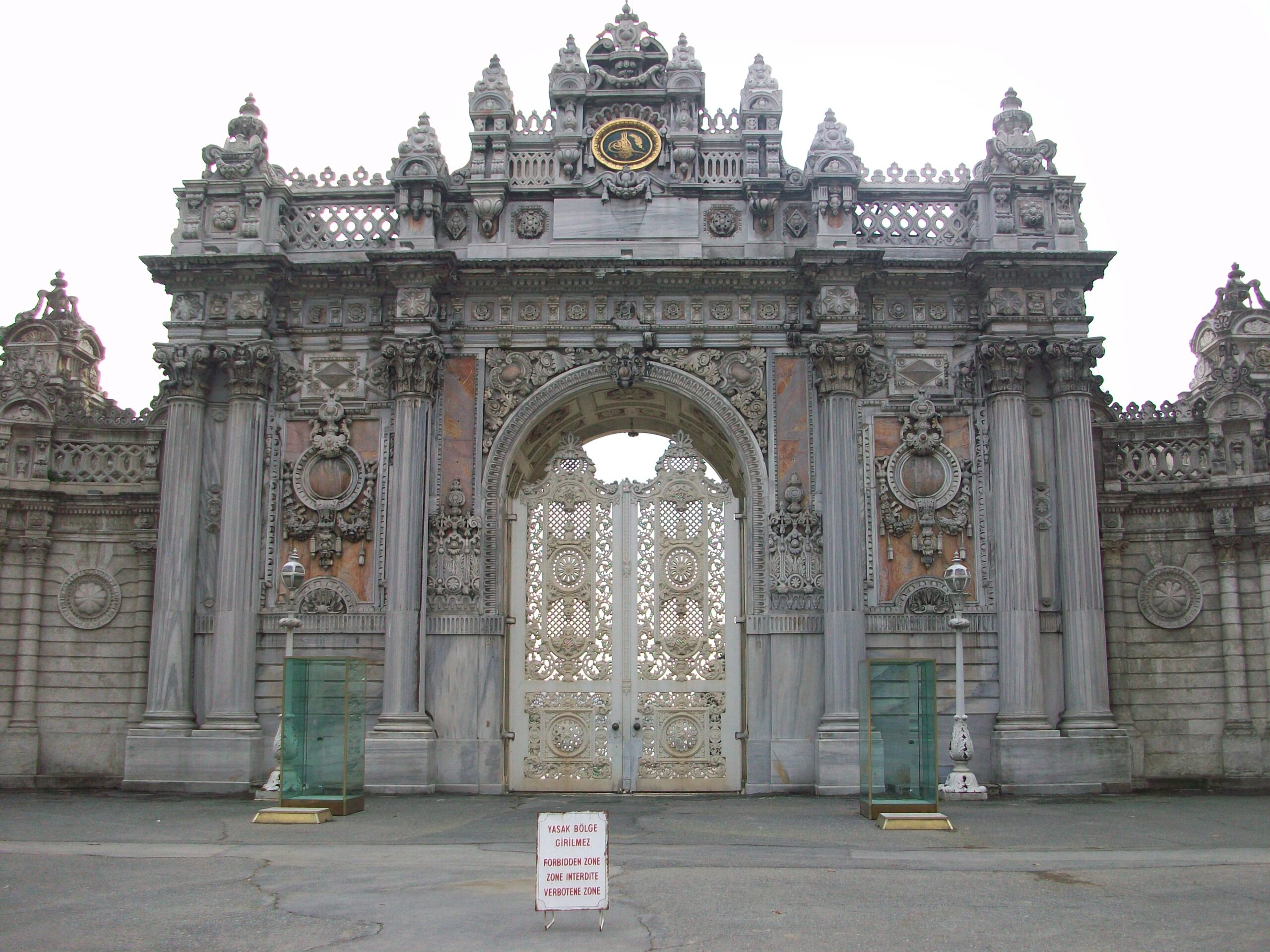
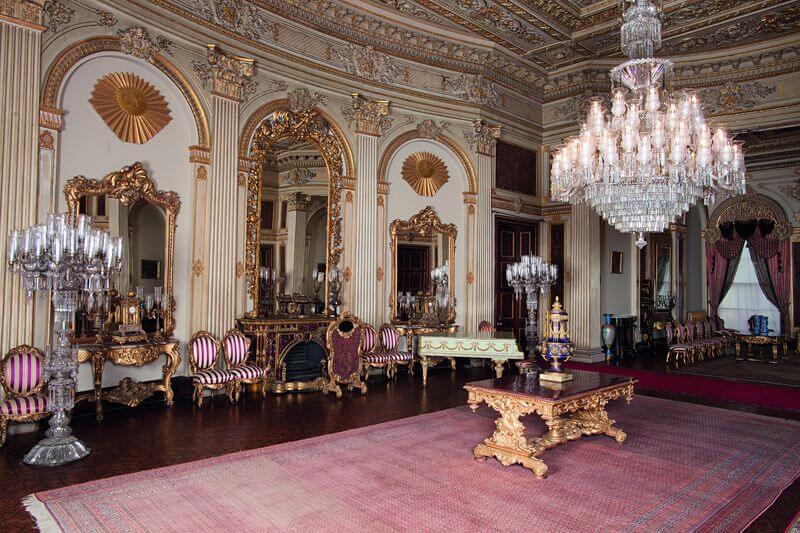
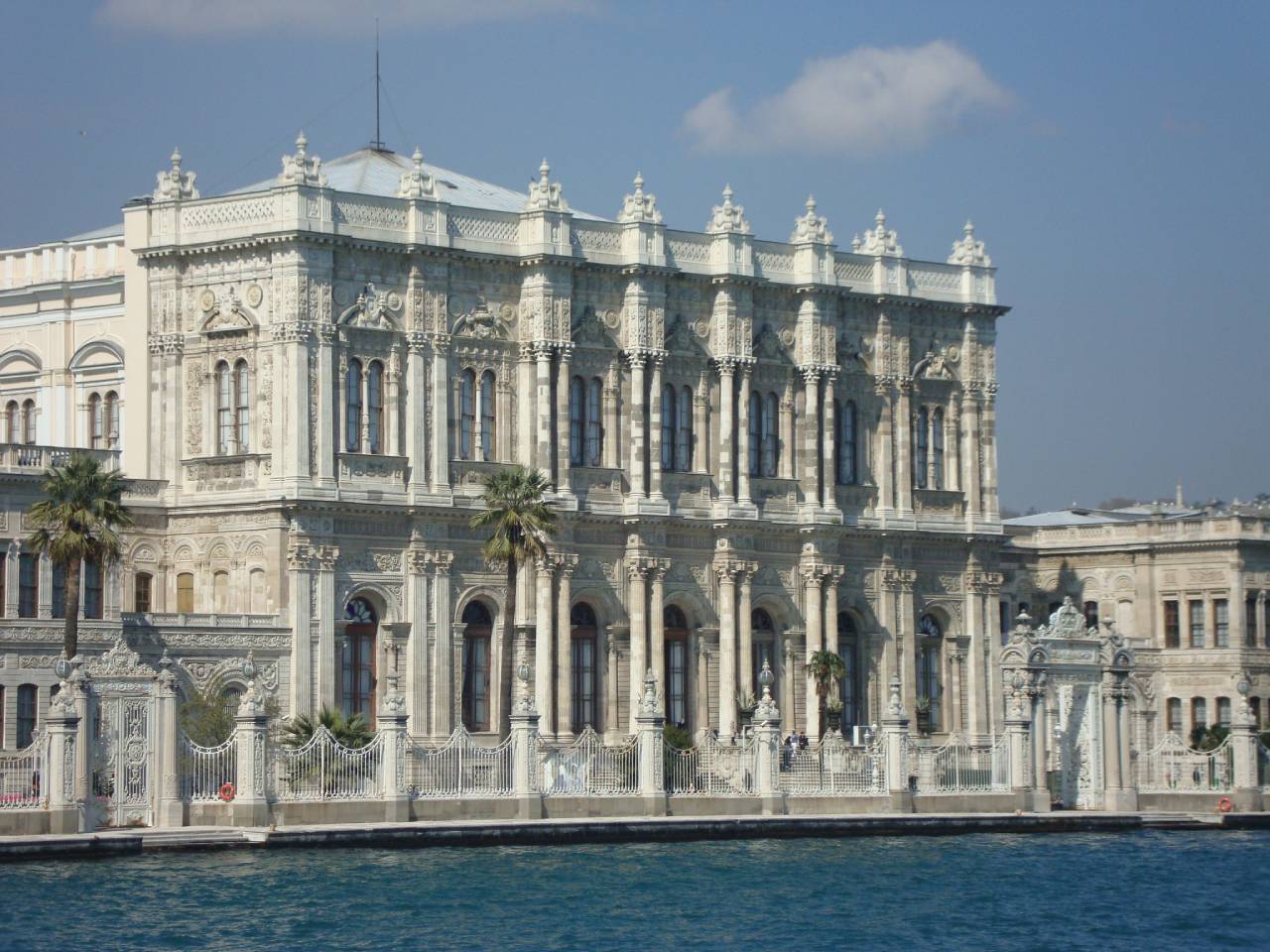
The Dolmabahçe Palace was first built as a mansion during the reign of the Ottoman Sultan Yavuz Sultan Selim, and then rebuilt on the same place by the later sultans, eventually acquired the current appearance. The Palace also hosted Mustafa Kemal Atatürk, the founder of the Turkish Republic, as the Presidential residence after the proclamation of the Republic. The three main parts of the palace are the Harem, the Mabeyn, and the Clock Tower and the Dolmabahçe Mosque. The Palace is built on an area of 110,000 square meters including 285 rooms, 46 halls, and 6 baths. The clock tower located inside is considered one of the iconic historical monuments of Istanbul.
Ortakoy Square:
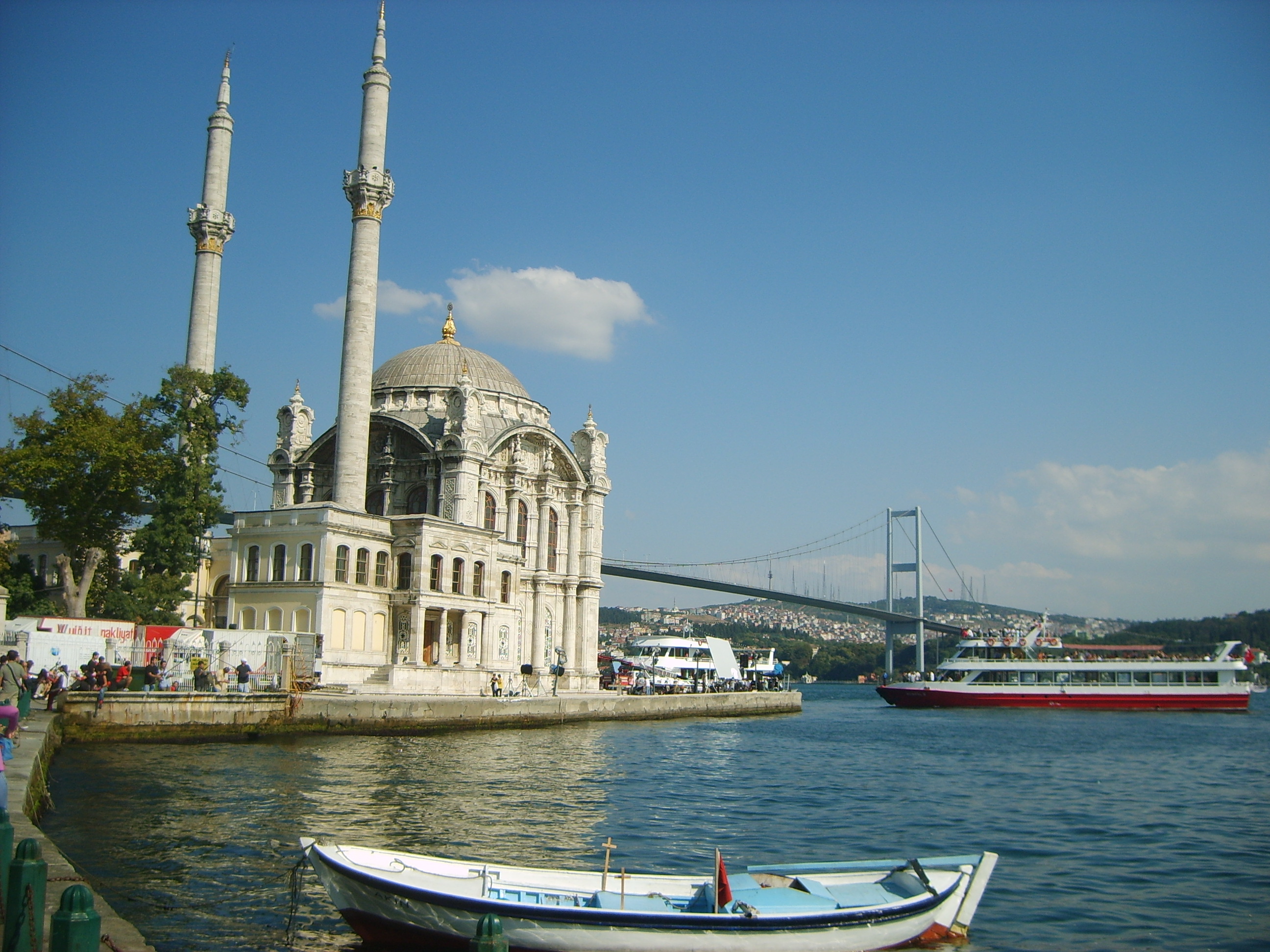
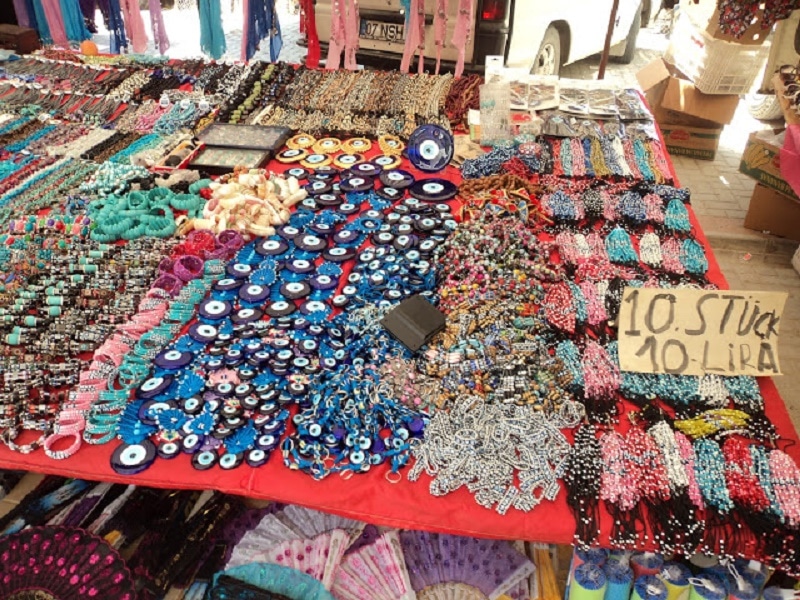
Ortaköy, located under the European leg of the Bosphorus Bridge, is a popular tourist destination, with one of the liveliest bazaars in the city, especially for souvenirs, and where the most beautiful Bosphorus bridge photos are taken. The symbol of this district is Ortaköy (or Büyük Mecidiye) Mosque, with its magnificent location and neo-baroque style. This work of architecture, built by Sultan Abdülmecid in 1853 during the Ottoman period and undergone several restorations, is still very magnificent.
Ortaköy also represents the cosmopolitan nature of Istanbul: A Greek Orthodox Church, Ayios Fokas, which dates back to the Byzantine period and rebuilt in the current structure in 1856, an Armenian Catholic Church, Surp Krikor Lusavoric Church built in 1839 on Dereboyu Street, and a Synagogue, Etz Ahayim (Tree of Life), whose construction dates back to the 14th century, are located in walking distance from each other in this district and all are open for service.
İstanbul Bosphorus:
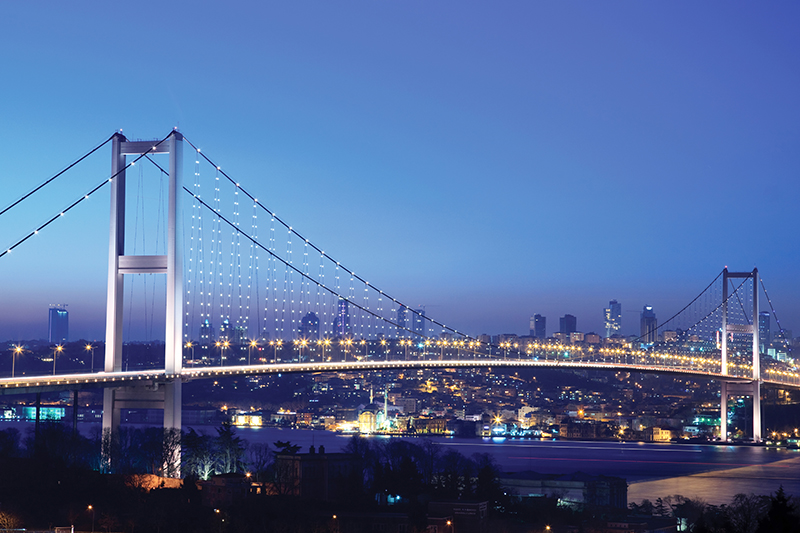
Perhaps the most beautiful place in the world is the Bosphorus Strait. It runs through the city like a wide river and separates the continents of Asia and Europe. Small villages were scattered on the banks of each small stream along the Bosphorus. These small villages have been turned into districts of the city lined up on both sides, each one famous for its special foods and flavors. It will undoubtedly a unique pleasure to get on the Bosphorus ferry on a sunny and warm day, to see the small piers and waterfront mansions along with the Bosphorus villages from the sea, to get off at a quay, eat something and continue the road. Istanbul’s entertainment life is experienced along the Bosphorus. The most popular districts with night clubs, fish restaurants and bars are Kuruçeşme, Arnavutköy, and Bebek. A little further on is Emirgan, an amazing Ottoman village. Here, the Sabancı Museum has a very rich art collection. MSA Restaurant, located inside the museum, is one of the most beautiful fine dining venues in the city with its exquisite view and warm ambiance.
WHERE & WHAT TO EAT?
Fine Dining points:
Lokanta 1741:
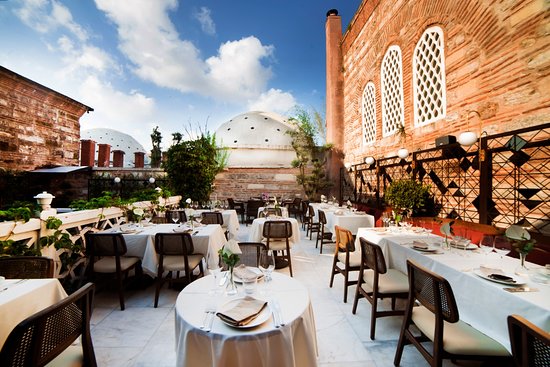
Enjoy a magnificent Turkish cuisine experience in a 300-year-old Turkish bath, the Cağaloğlu Hamamı. Closed on Sunday.
Tuğra Restaurant (Çırağan Palace):
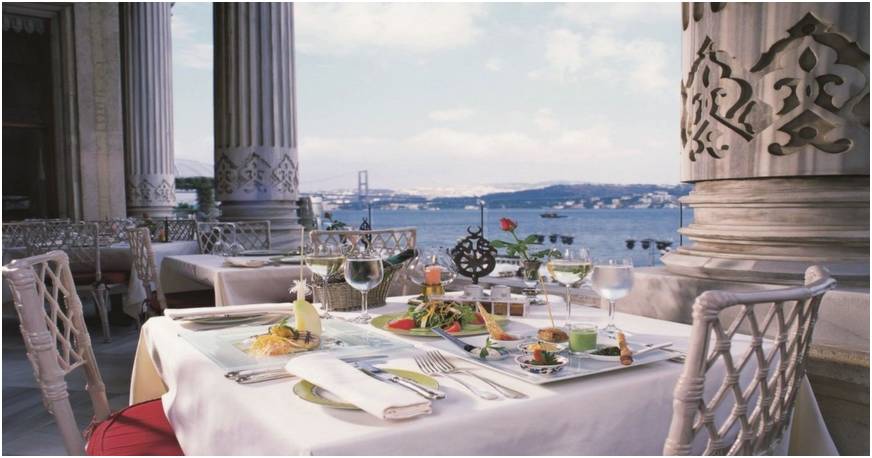
Discover the Ottoman Palace Cuisine in an Ottoman Palace serving as a hotel in a historical texture.
Feriye Restaurant:
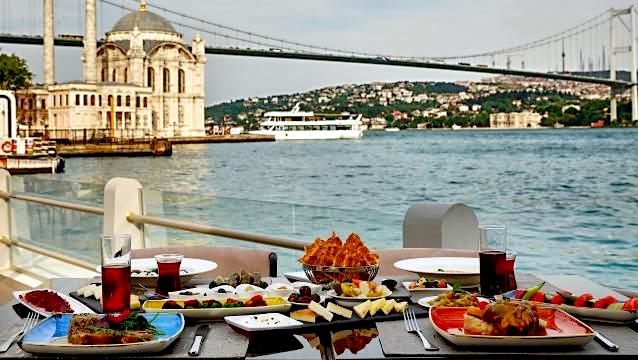
Located in Feriye Palace, offering one of the most beautiful views of Istanbul, this seafront restaurant features popular flavors of Turkish Cuisine and selected dishes from World Cuisine.
Topaz Restaurant & Bar & Lounge:
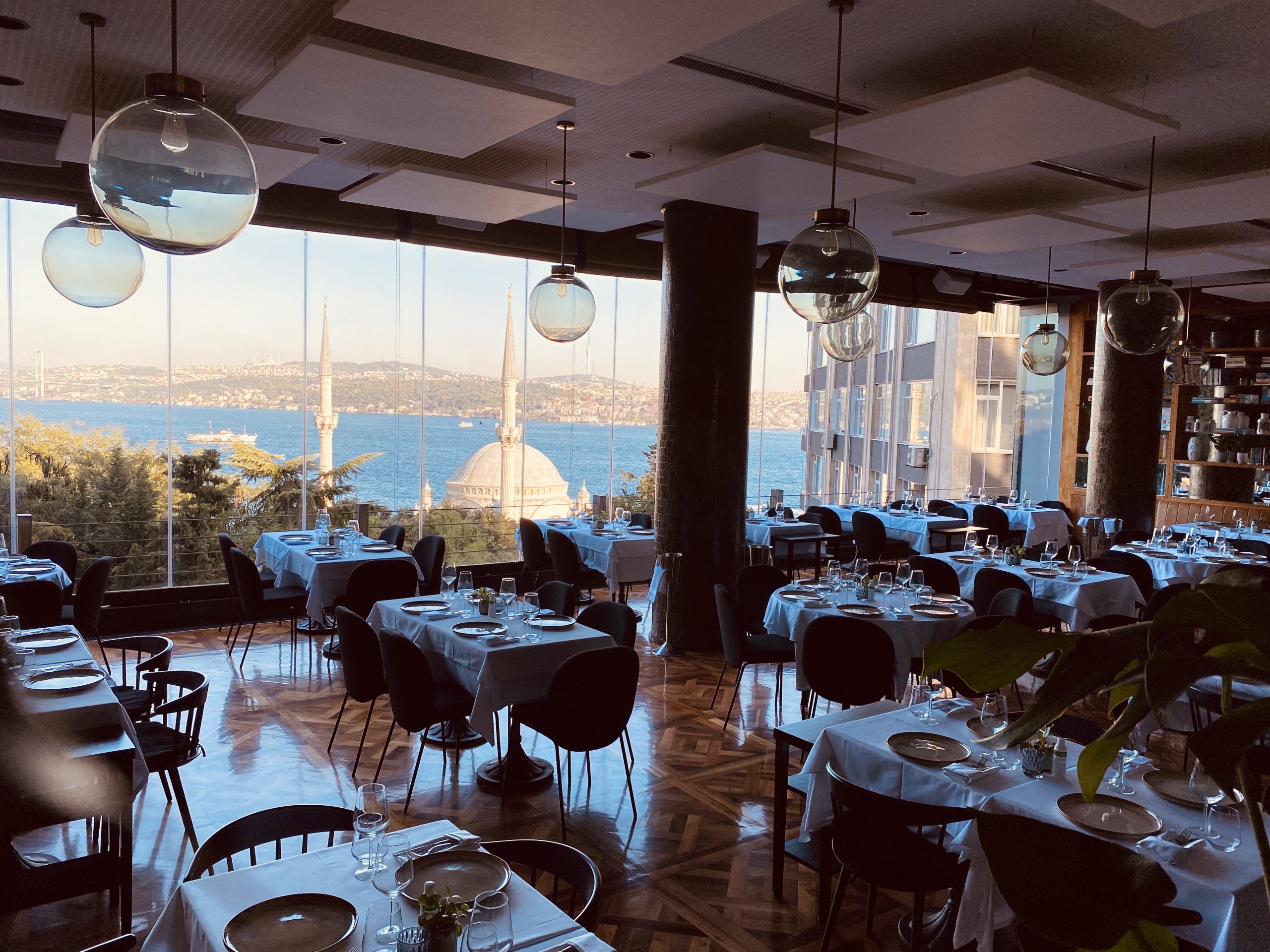
Featuring a magnificent view, dishes of Contemporary Mediterranean Cuisine is served here. There is also a DJ performance later in the night.
And others: Mikla (Pera), Neolokal (Galata), MSA Restaurant (Sabancı Museum, Emirgan), Mürver (Galata), Sunset (Ulus).
AND MORE
Traditional Turkish Cuisine:

Hacı Abdullah Restaurant, Antakya Mutfağı, Asitane, Sahrap Restaurant.
Grill and kebab restaurants:
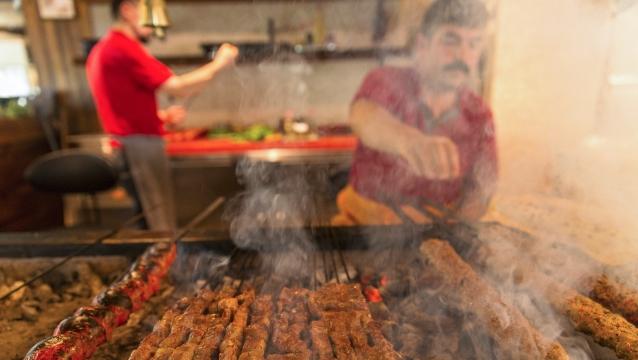
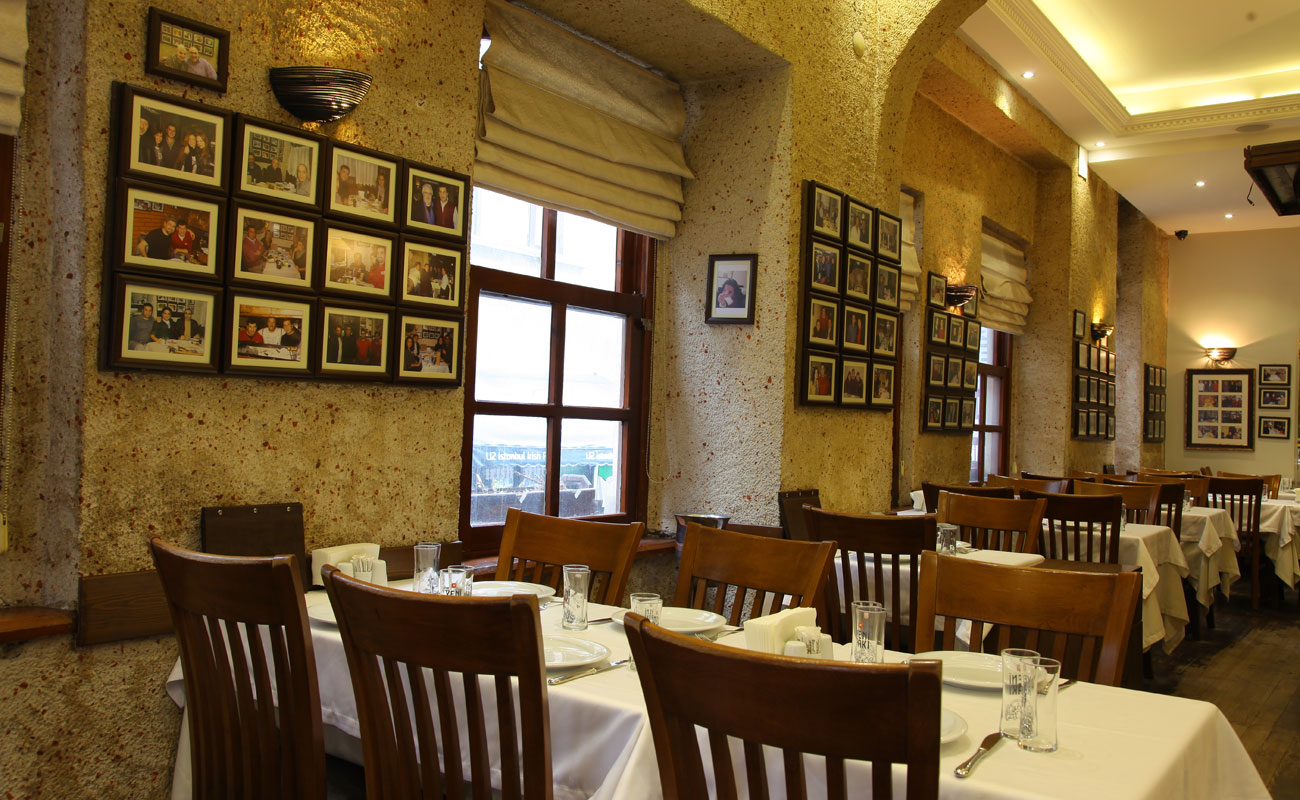
Hamdi, Zübeyir, Peymane, Ali Ocakbaşı
Tavern (meyhane):
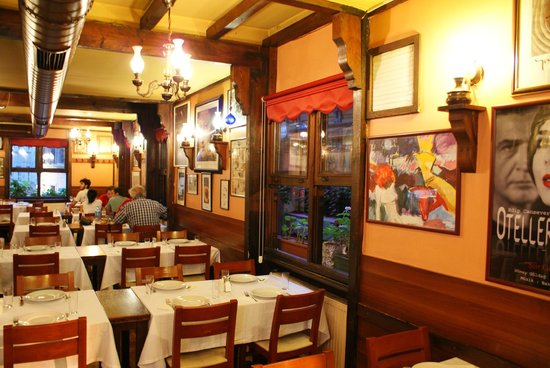
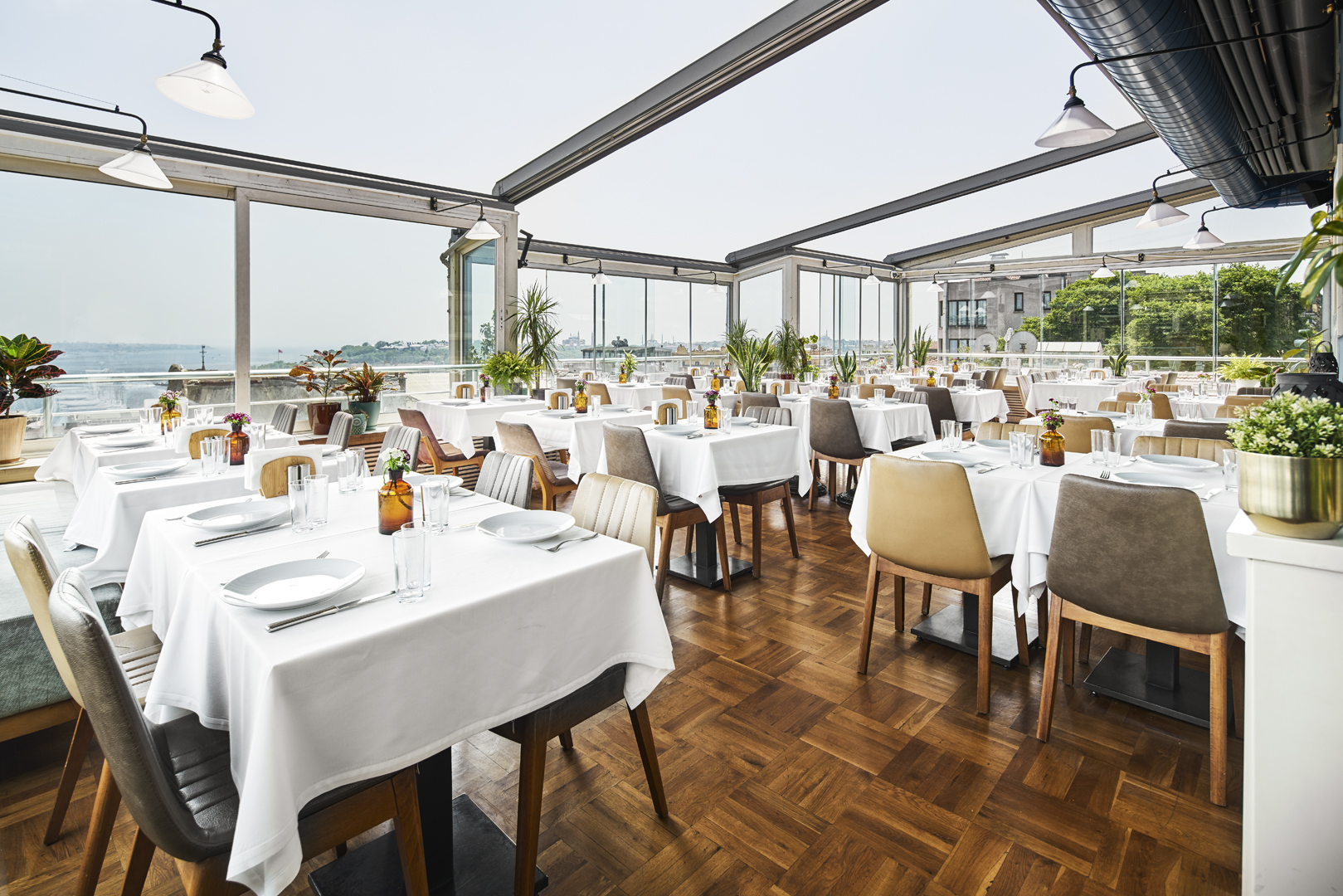
Asmalı Cavit, Yakup, Leb-i Derya
For a raki and fish table:
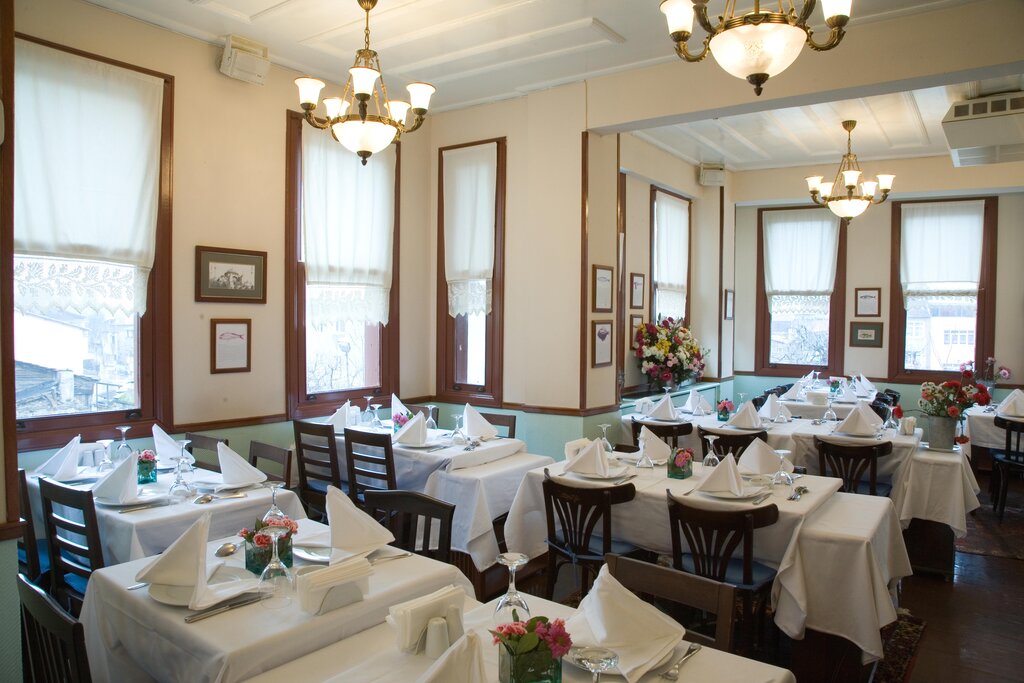
Fisher Kahraman, Set Fish Restaurant, Fisher Sabahattin, Sahil Restaurant, Arnavutköy Fish Restaurant, Mavi Balık Seafood Restaurant, Karaköy Restaurant.
Inside the meeting venue:
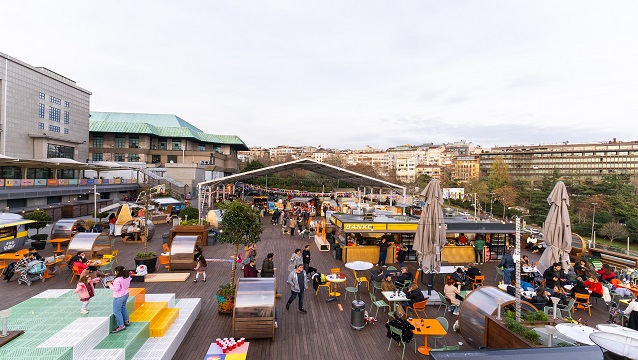
Gastronomy and entertainment complex: Dekk and Borsa Restaurant. Both are inside the Lütfi Kırdar Congress Center (meeting venue)
+
İf you want:
Thai cuisine: Pera Thai, Çok Çok
Indian cuisine: Dubb Indian Bosphorus
Sushi: Naomi Sushi Bar & Restaurant, Miyabi, Iyoki, Inari Omakase
NIGHT CLUB RECOMMENDATION
360 Istanbul:
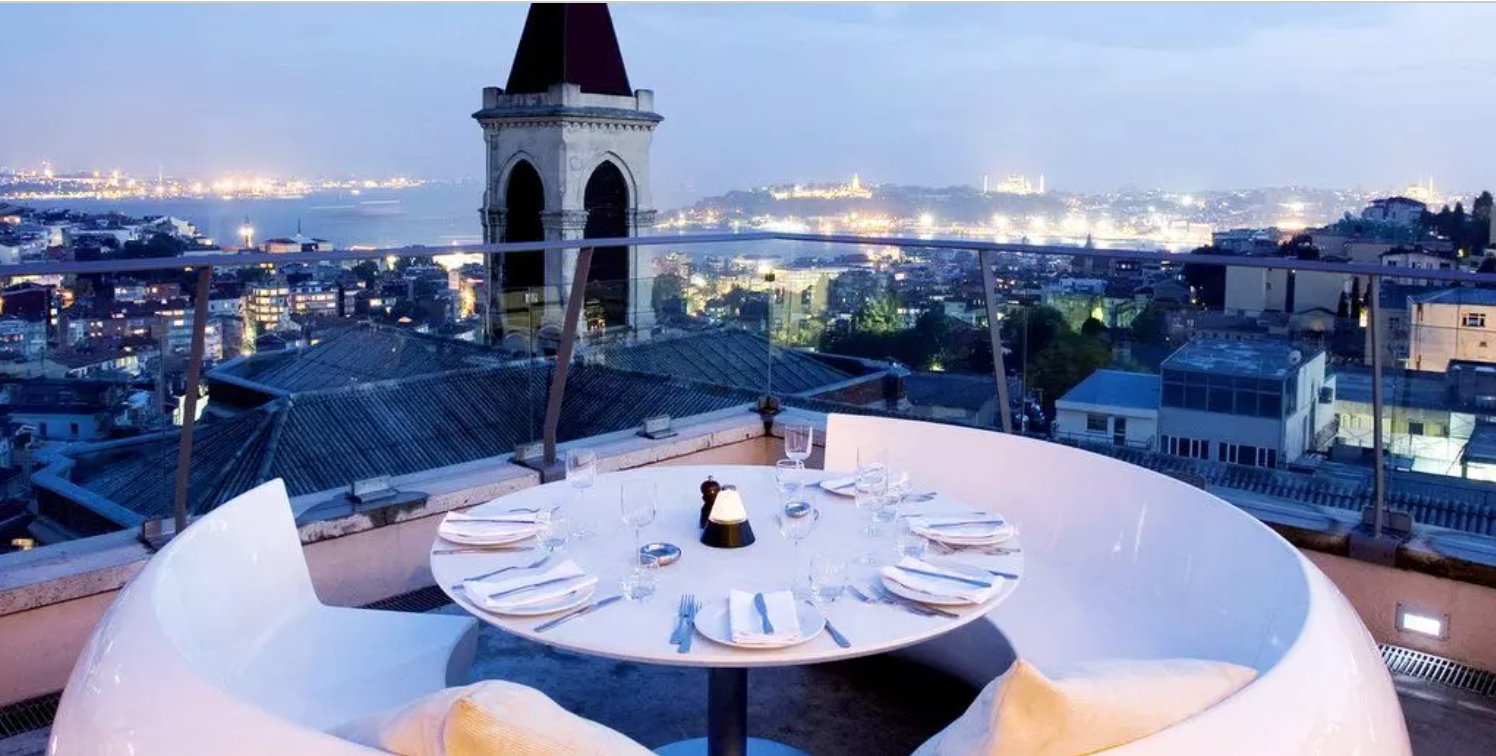
A panoramic view of Istanbul on the top floor of the historical Mısır Apartment on the İstiklal Street, with a wide range of drinks and various DJ shows. More vivid on the weekends.
Sortie:
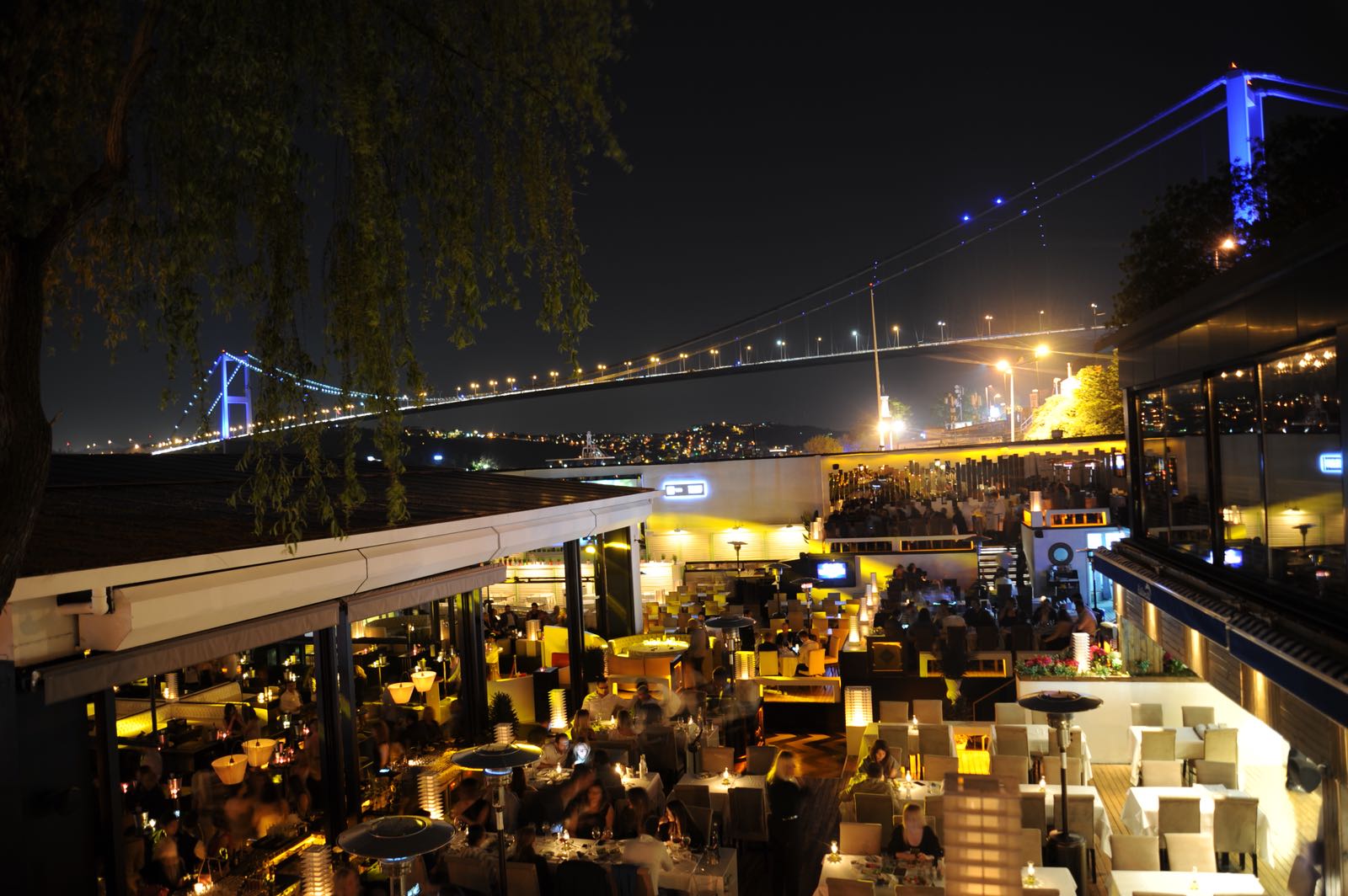
The venue, a favorite among tourists as well, is an entertainment complex with restaurants and bars, with one of the most beautiful views of the Bosphorus in Kuruçeşme, and usually becomes more vivid late at night.
Sunset:
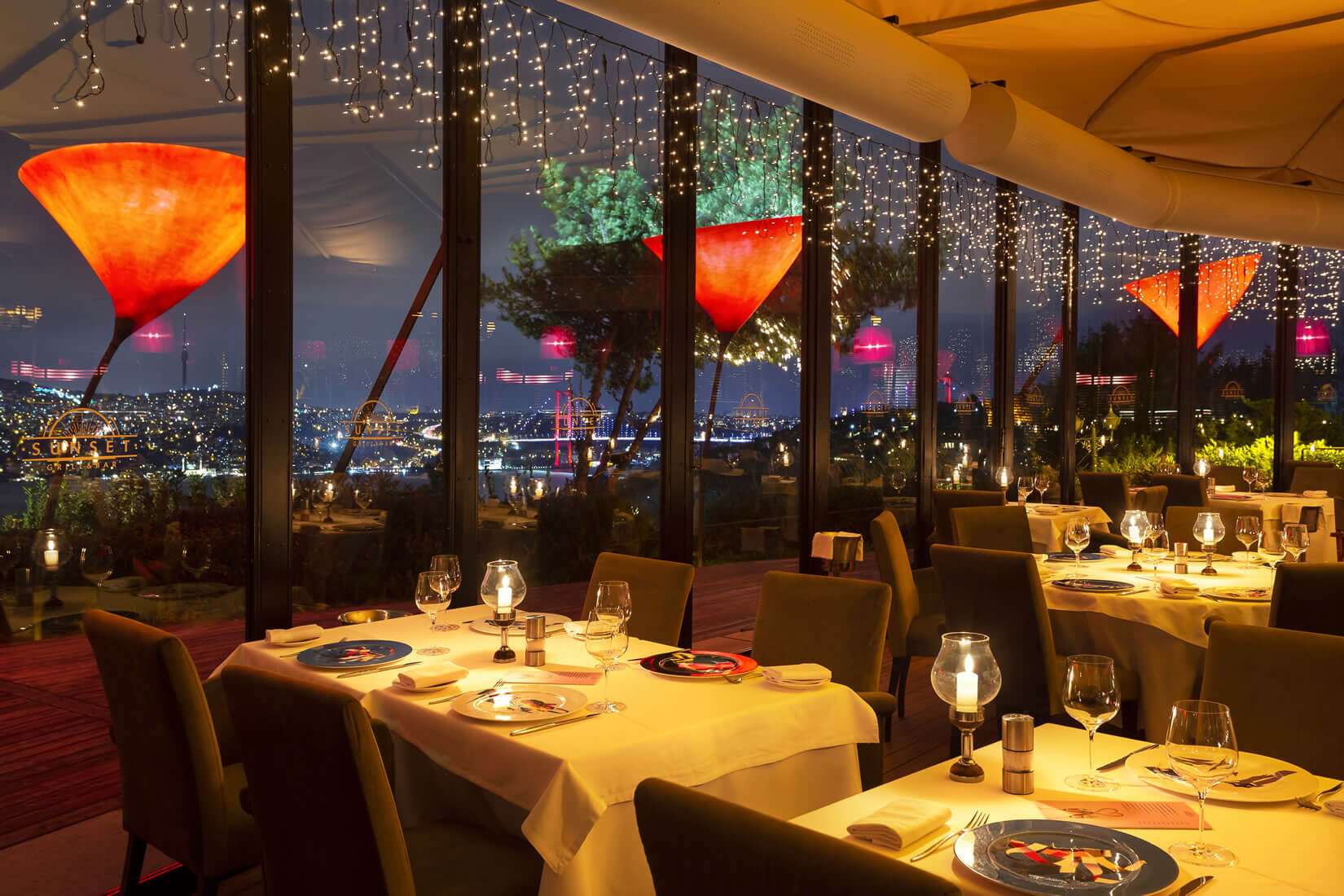
On of award-winning fine dining restaurants of the city and a frequent destination especially for sushi lovers, Sunset is also popular with its bar, which is more vivid in the late hours of the night, also popular with its view.
Ruby:

Here, one of the most pleasant places, both for food and entertainment in Ortaköy with a restaurant and a two-storey night club as well, you can enjoy live music performances, as well as DJ shows.
Babylon:

A gastronomy and entertainment complex within the Bomontiada, it is one of the most popular concert venues in Istanbul. For the event calendar, please visit: https://babylon.com.tr/
Akın Yücel, MD
Professor of Plastic Surgery
Former President of TSPAS and TSPRES.
ISAPS National Secretary of Turkey (2014-2019)
ISAPS Patient Safety Committee Member

